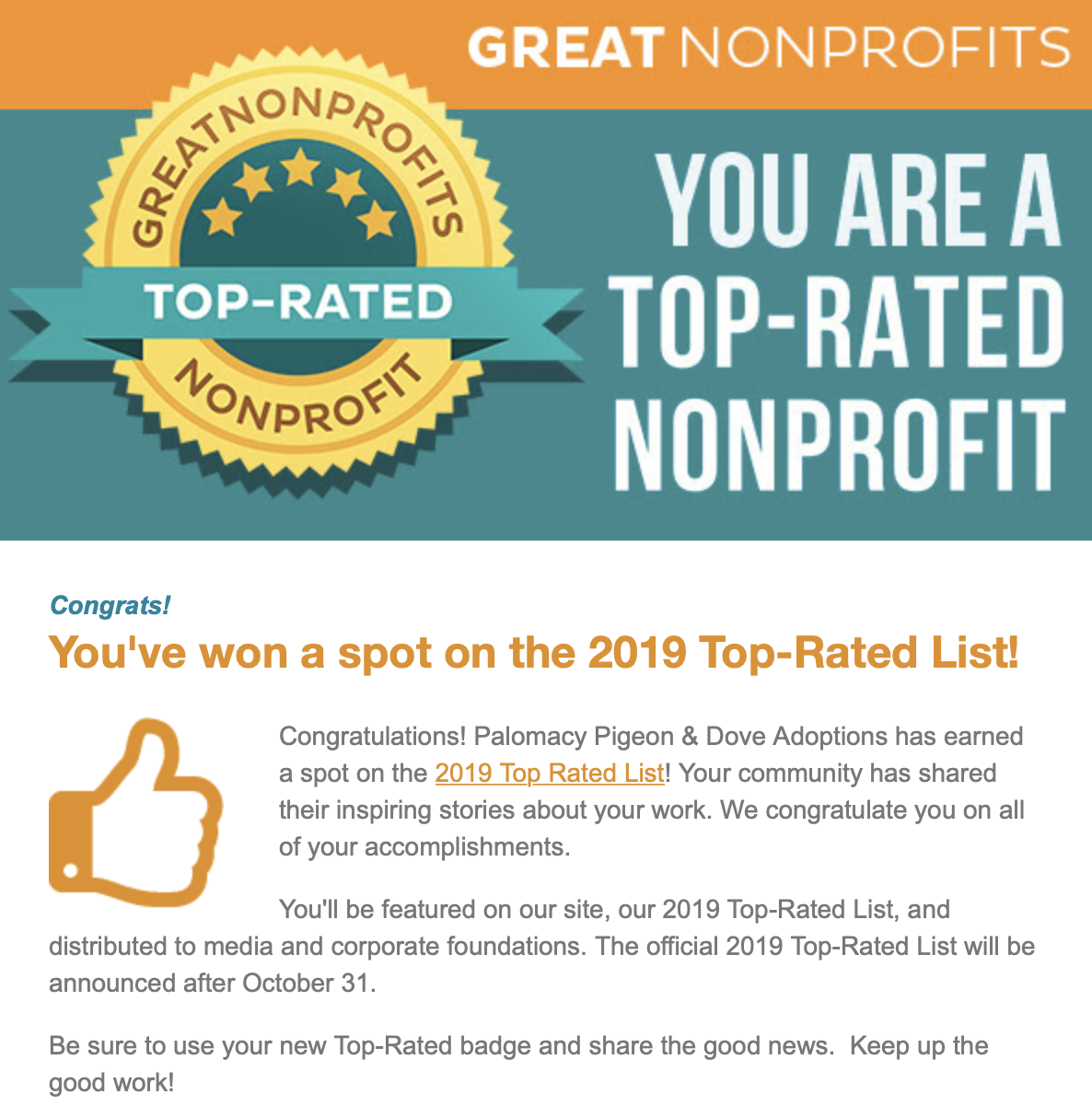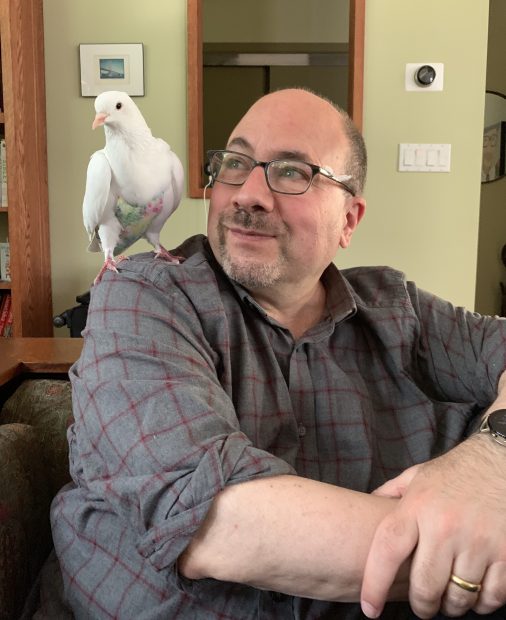
Rescued pigeon Miu & philanthropist Craig Newmark
Palomacy is extremely honored to receive two grants totaling $20,010 from Craig Newmark Philanthropies in general operational support of our mission to further the rescue and adoption of domestic and unreleasable pigeons and doves.
Craig Newmark, founder of Craig Newmark Philanthropies writes, “I love birds, specially pigeons. I have a lot of respect for the work that Palomacy does and it’s great to see the impact they’ve had over the years. I am proud to support them.”
And Palomacy is so proud of and grateful for that support! Ever since we first connected in 2013, Craig has been one of Palomacy’s most generous supporters. Along with his work on behalf of veterans and military families, trustworthy journalism, voter protection and women in technology, Craig has a fundamental commitment to the values of fairness, opportunity and respect which is of course, along with some bird seed, all the pigeons seek.
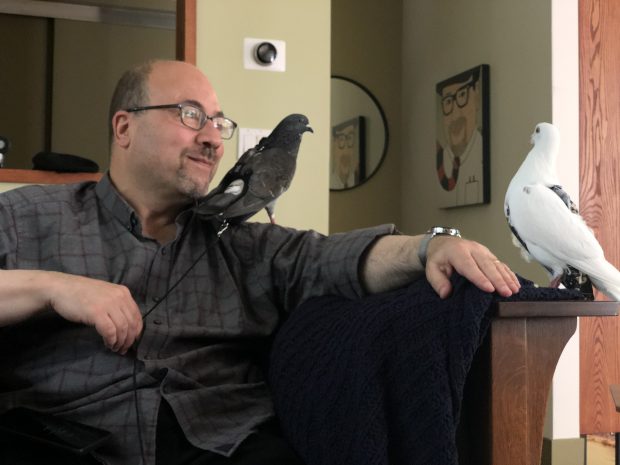
Craig & Pip & Arcas share a moment
Craig Newmark Philanthropies was formed to “make sure everyone is included, and treated fairly and respectfully.” Palomacy was created to do exactly that in the animal welfare community when founder Elizabeth Young discovered a strange and deadly gap. When we started in 2007, domestic and unreleasable pigeons, used in the many thousands for their owners’ businesses, sports and hobbies, were routinely lost, injured and displaced but, instead of getting the help that animals in distress are typically given, they were ignored or euthanized as “not wild” or “non-native”. Even here, in the progressive, inclusive animal-friendly San Francisco Bay Area.
That gap was especially strange when you consider not only how closely connected humans and pigeons have been throughout our history but how common they are. They are the bird of the people. Humans have been breeding and using pigeons, as meat and messengers, for sport, hobby and ceremony, for thousands of years. Pigeons were the first domesticated bird.
And all of this is made even more surprising by how smart, gentle, charming and wonderful pigeons are as companions. They are easy to help! They are deserving of help.
When we started rescuing and rehoming these domestic pigeons and doves, we had to begin bridging this strange and fatal gap. We had to do something that wasn’t being done. We created a word for what we are doing: We call it palomacy. Palomacy is pigeon diplomacy.
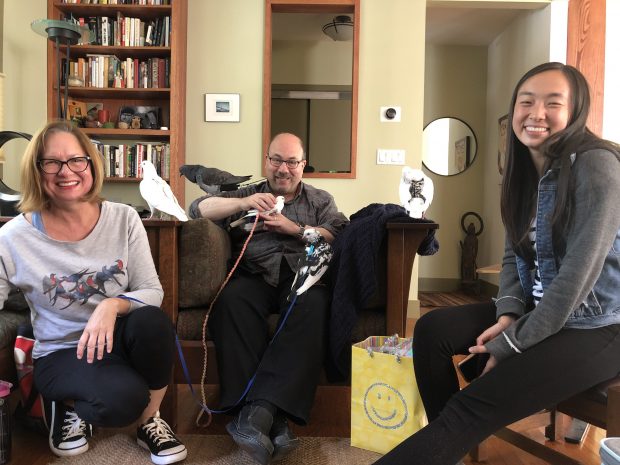
Volunteers Jill & Cynthia bringing the palomacy home for Craig
Today, twelve years later, we are making great progress transforming this compassion-gap into an ever growing, devoted community of kind people empowered to help these birds and each other. Together we are leading a grass-roots, volunteer-powered movement that is changing lives not only for the birds we are saving but also for the people who are no longer powerless to help these amazing birds. Birds who literally seek out their aid.
Palomacy Pigeon & Dove Adoptions provides guidance, referrals, education, long-term foster care, avian vet treatment and adoption services. Palomacy is a volunteer-powered, donation- supported project of Community Initiatives. We have saved the lives of more than 1000 birds since we began and helped countless others. We are proud to be inspiring, assisting and coaching new rescues devoted to helping these formerly un-served birds.
We are very grateful for Craig’s generous support since we first connected in 2013 (thanks to his appreciation for pigeons and kind heart). We believe that our work is very much in the spirit of Craig Newmark Philanthropies’ focus on inclusion, fairness and respect. Craig has been, for the prior four years, our most generous grantor and we are deeply grateful to have his continued support.
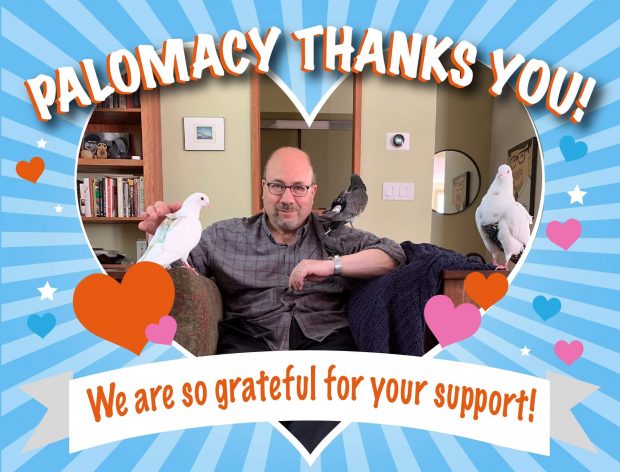


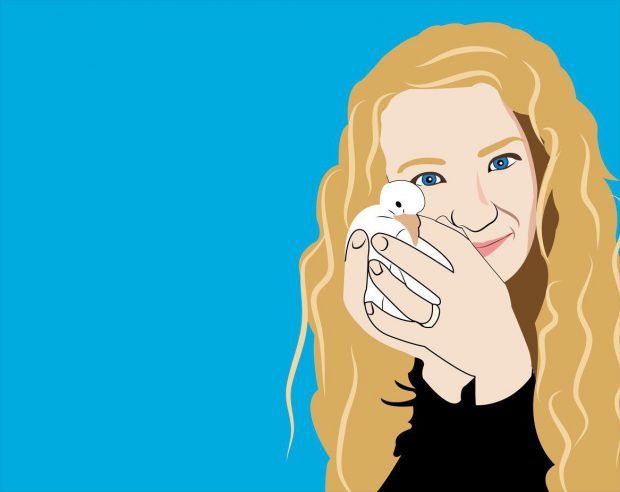
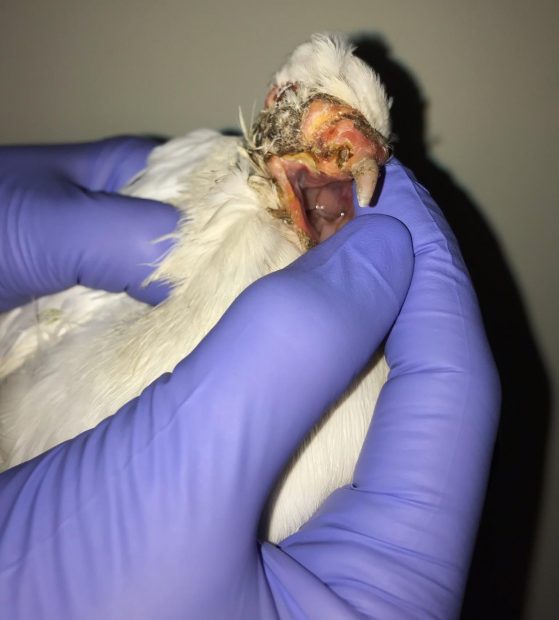
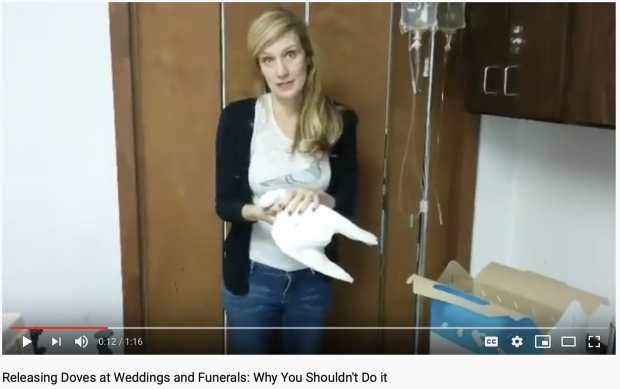
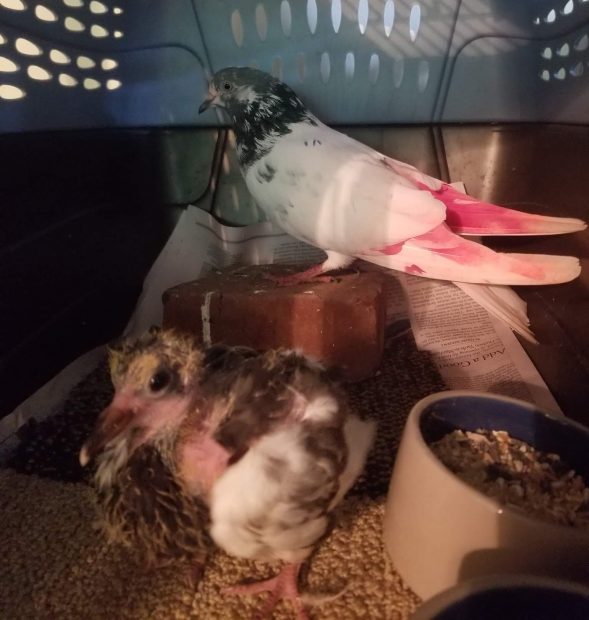

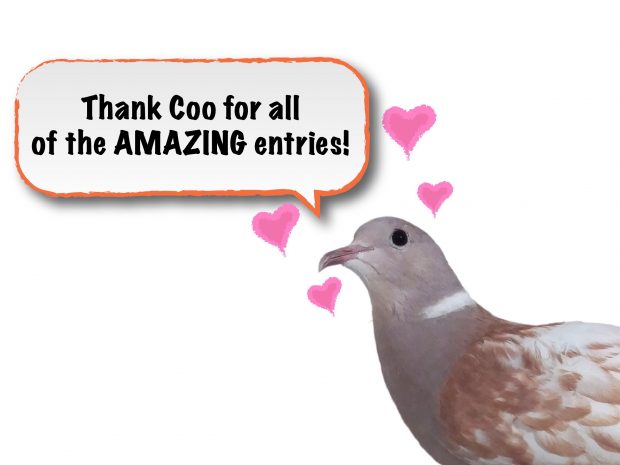
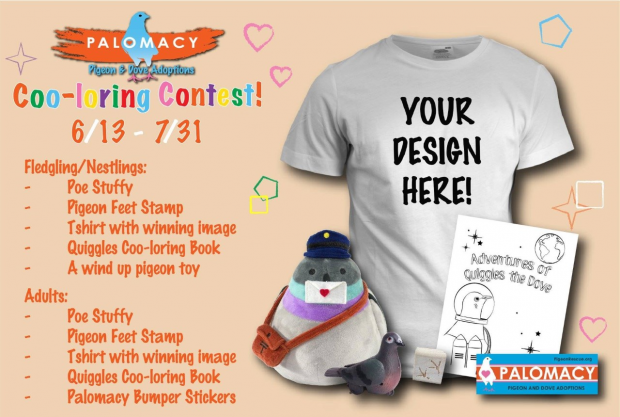
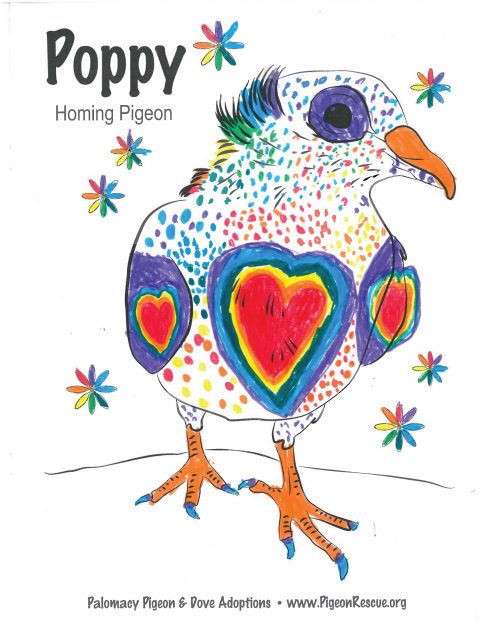
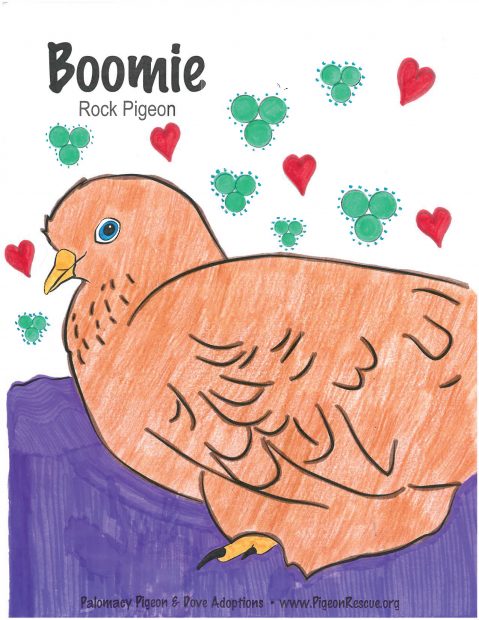
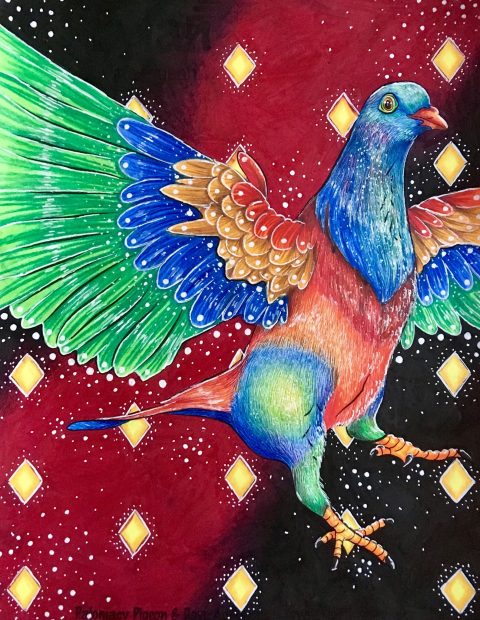
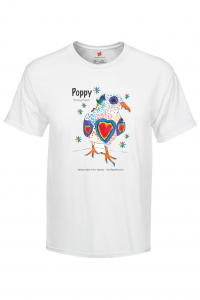
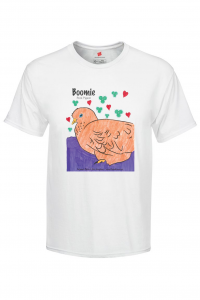
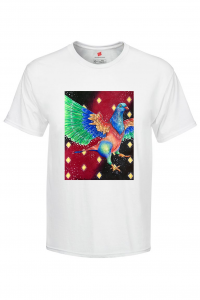
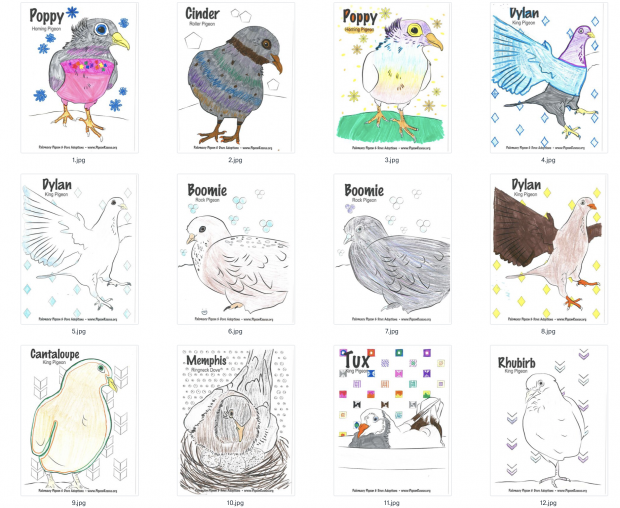
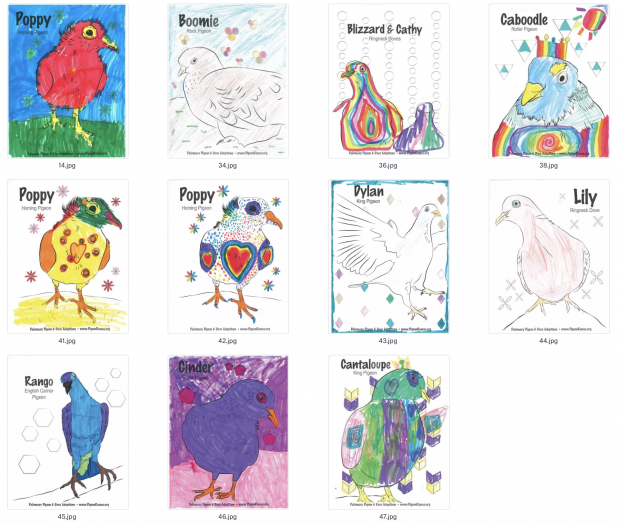
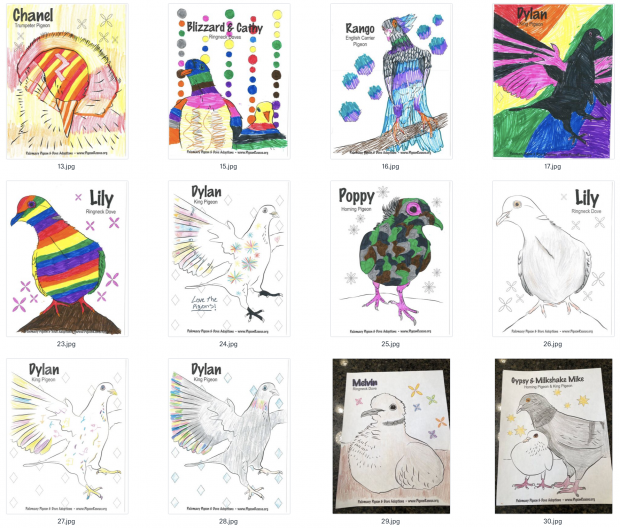
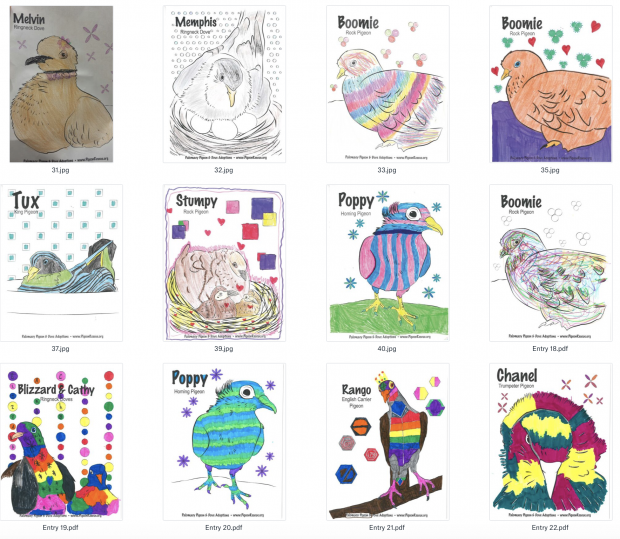
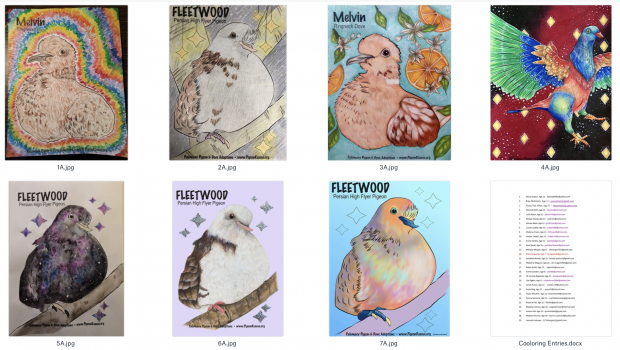
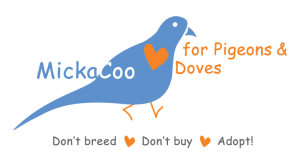


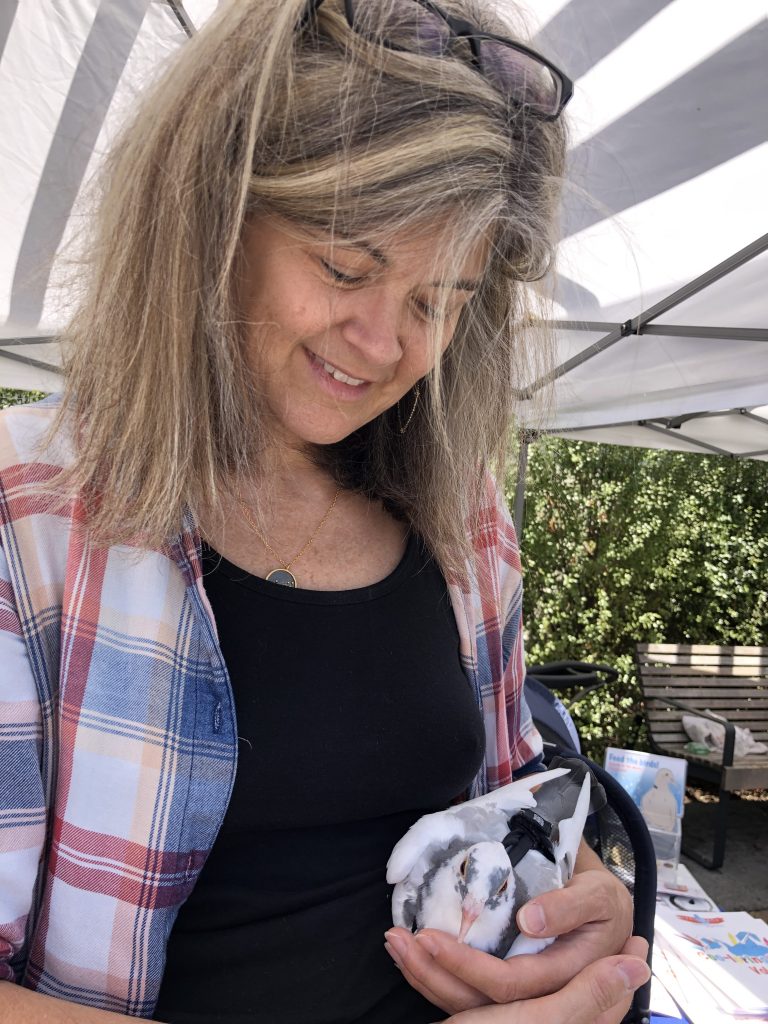
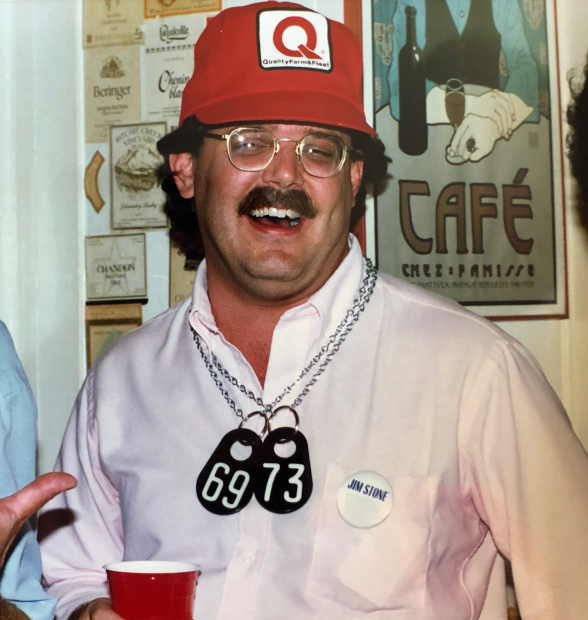
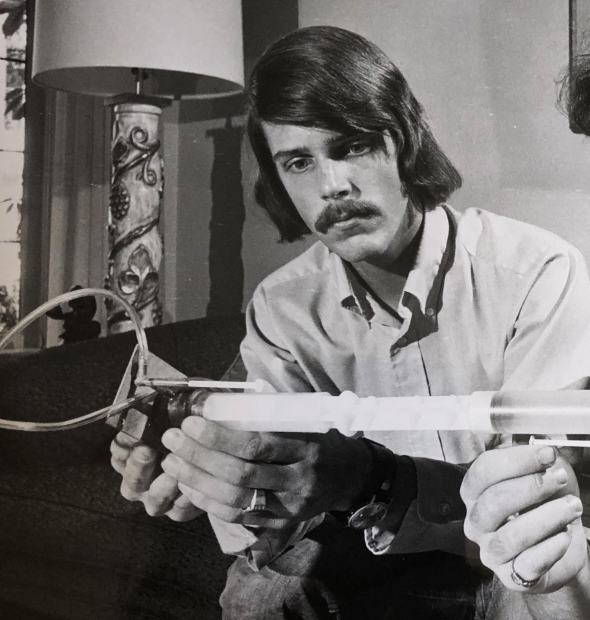
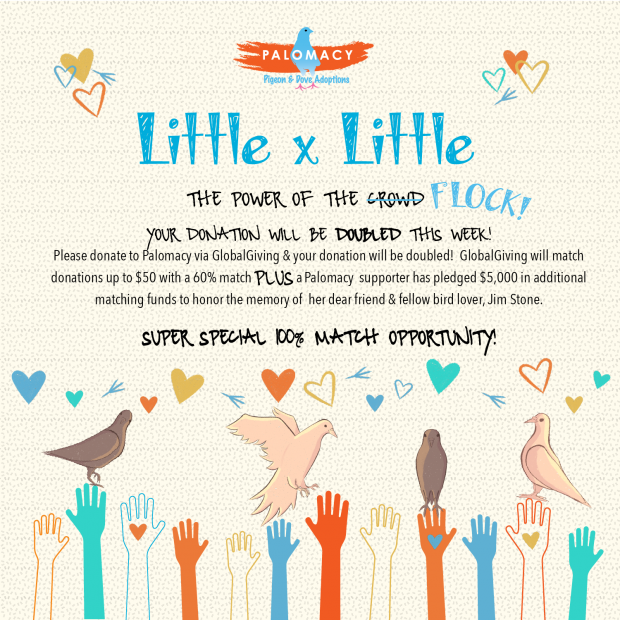
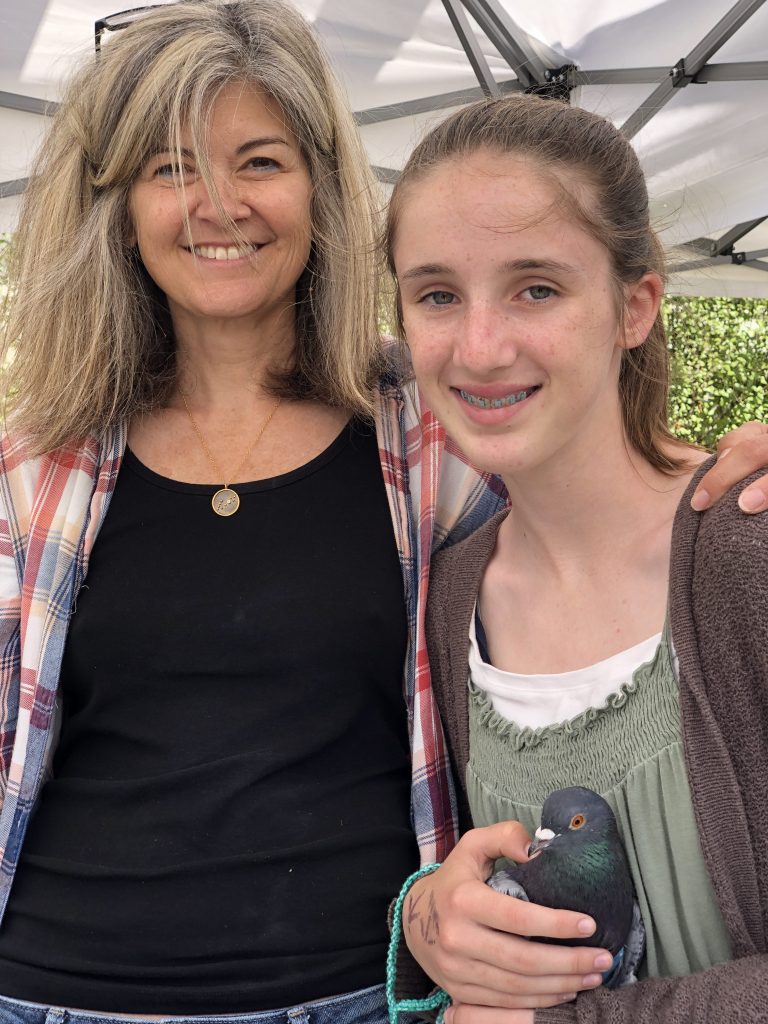
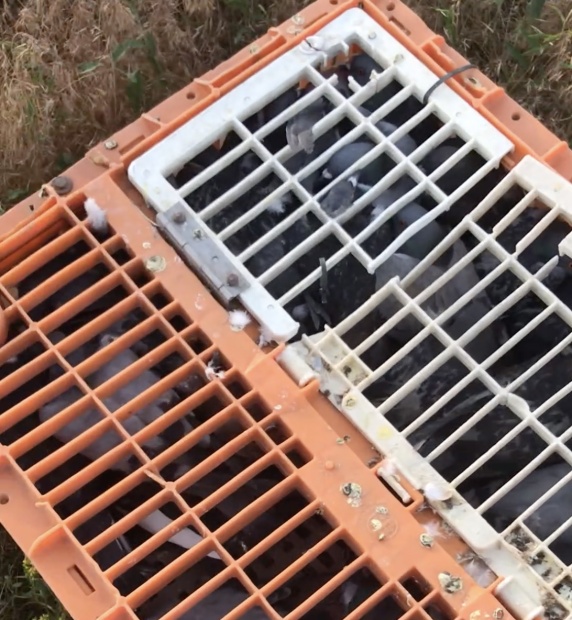
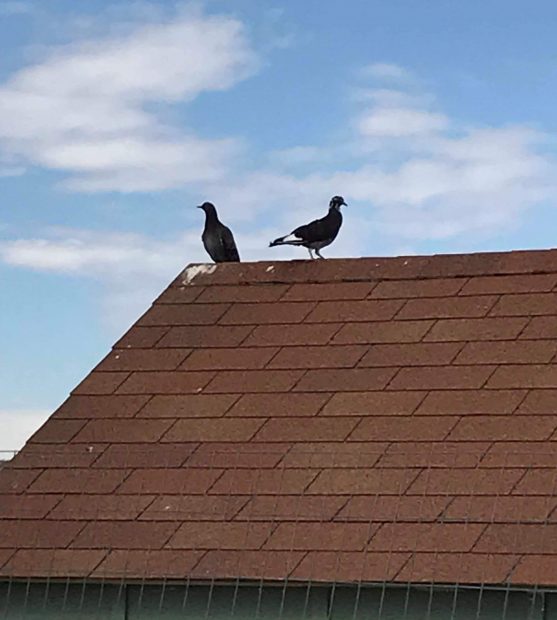
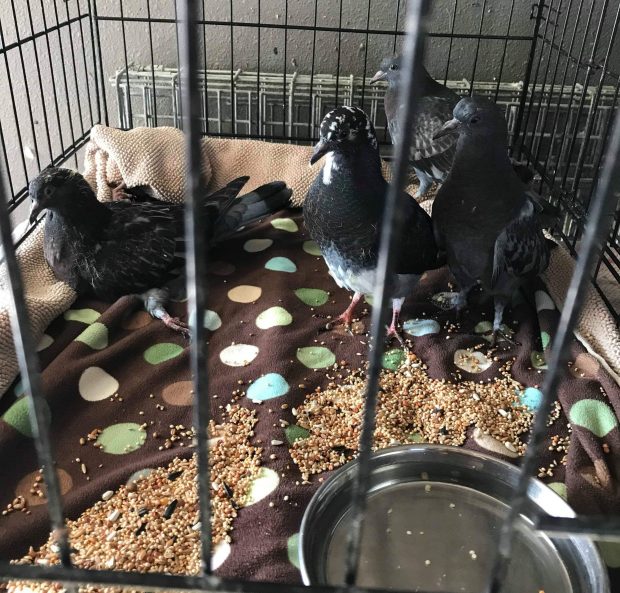
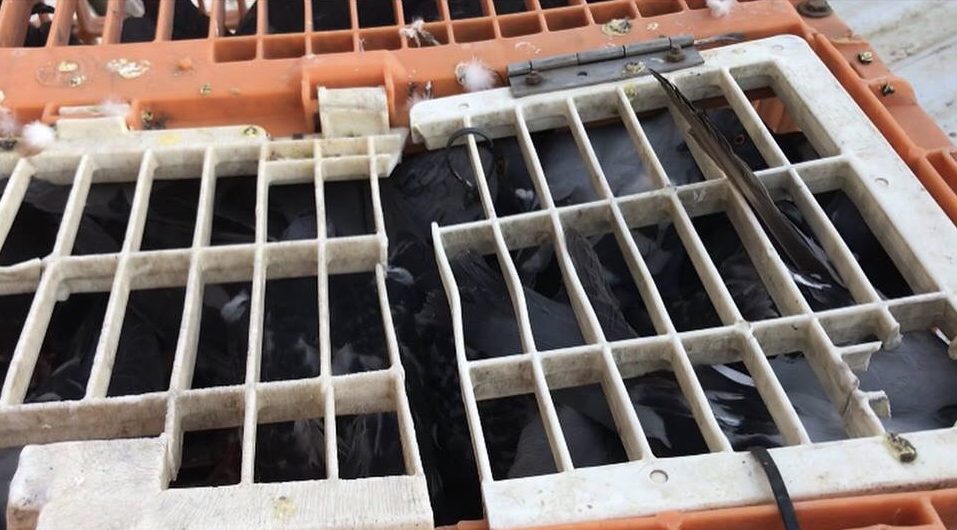
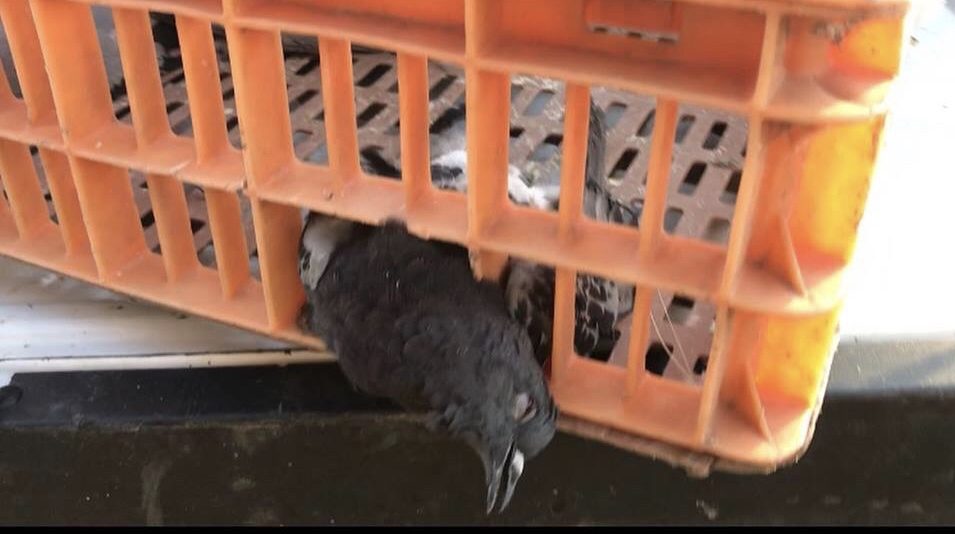
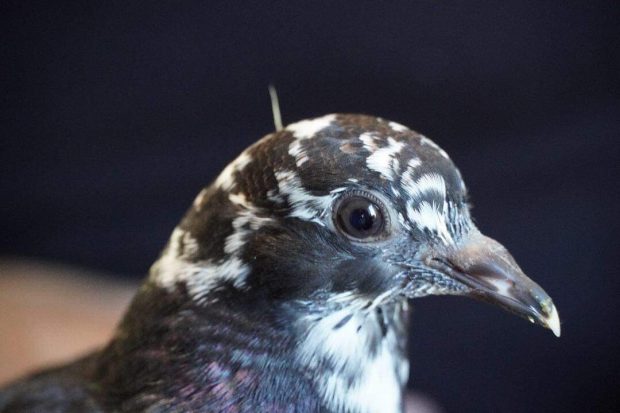
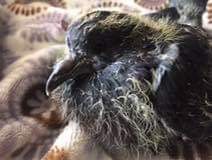
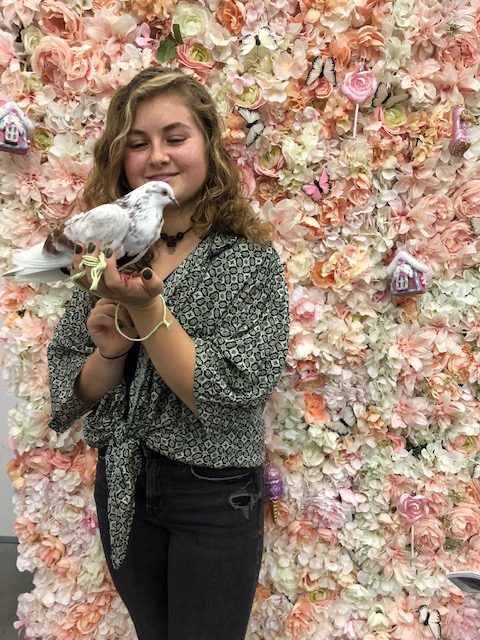
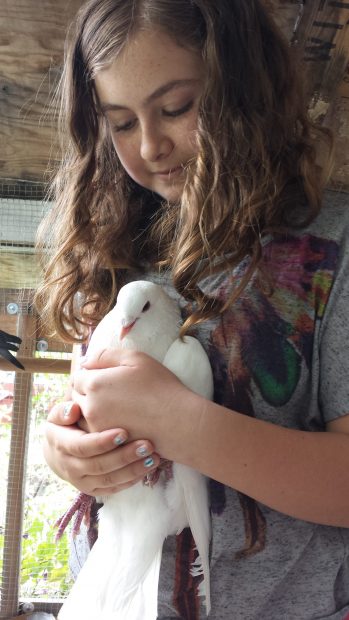
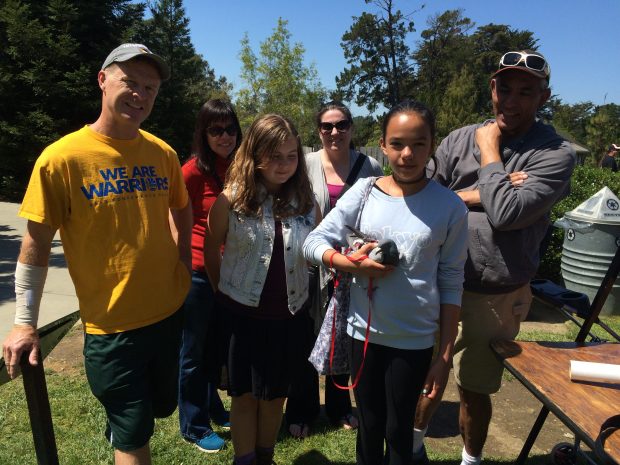
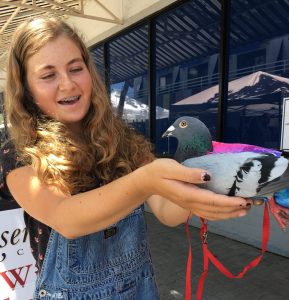
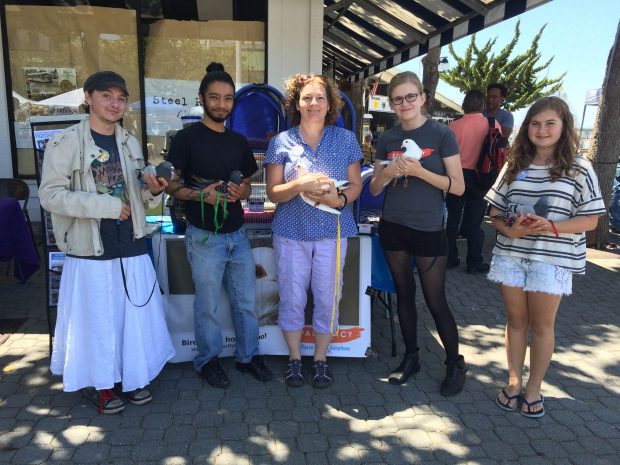
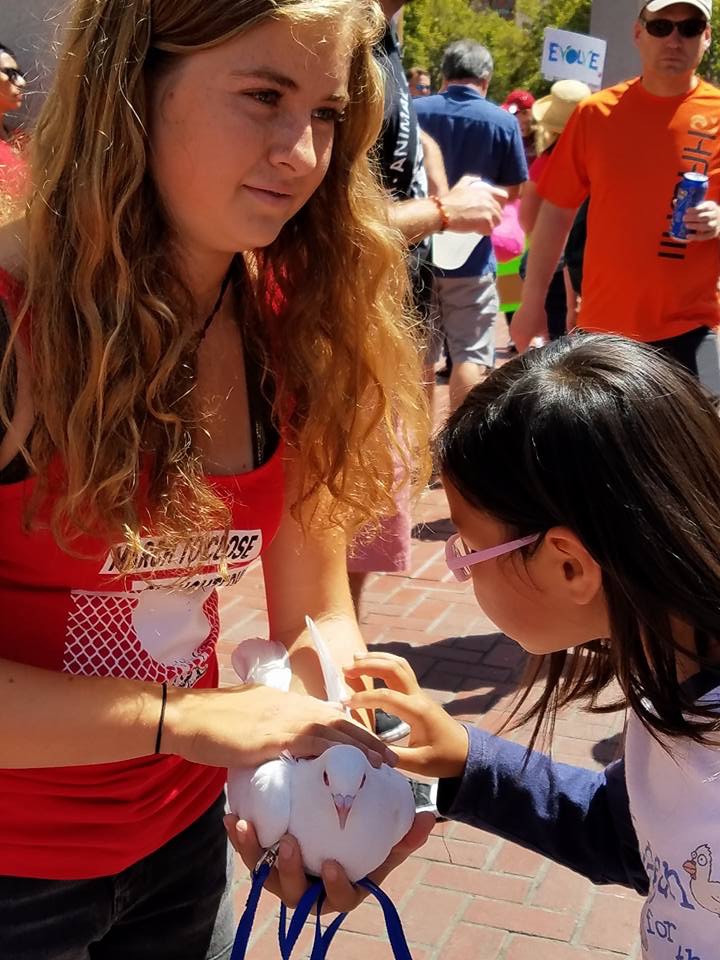
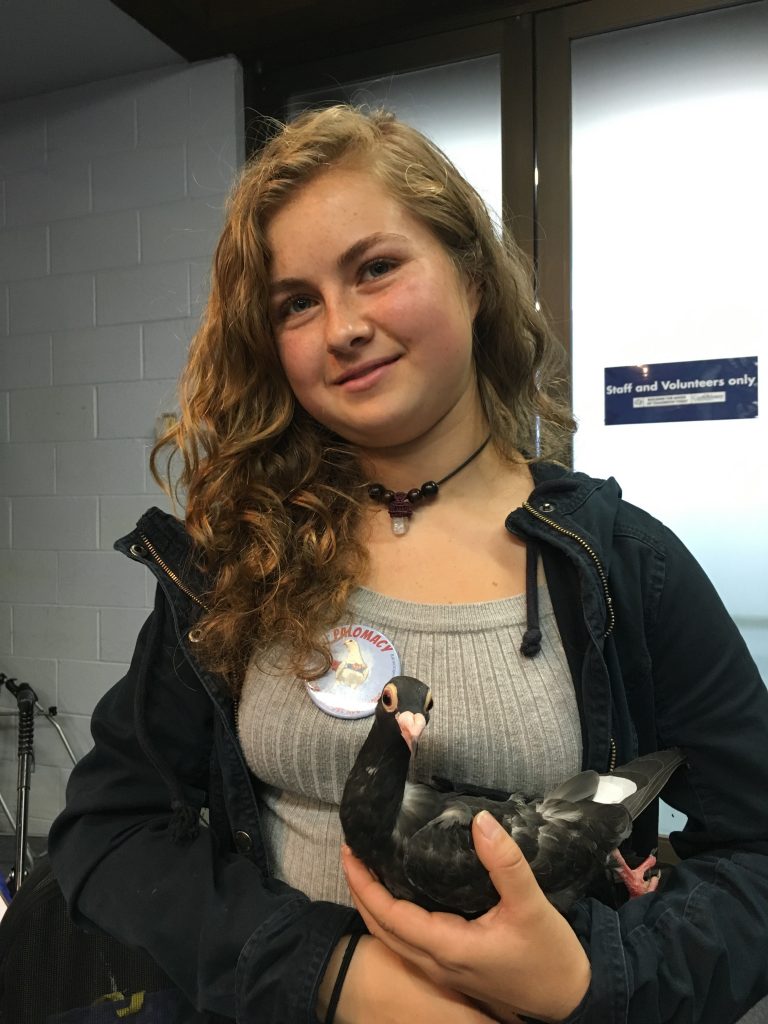
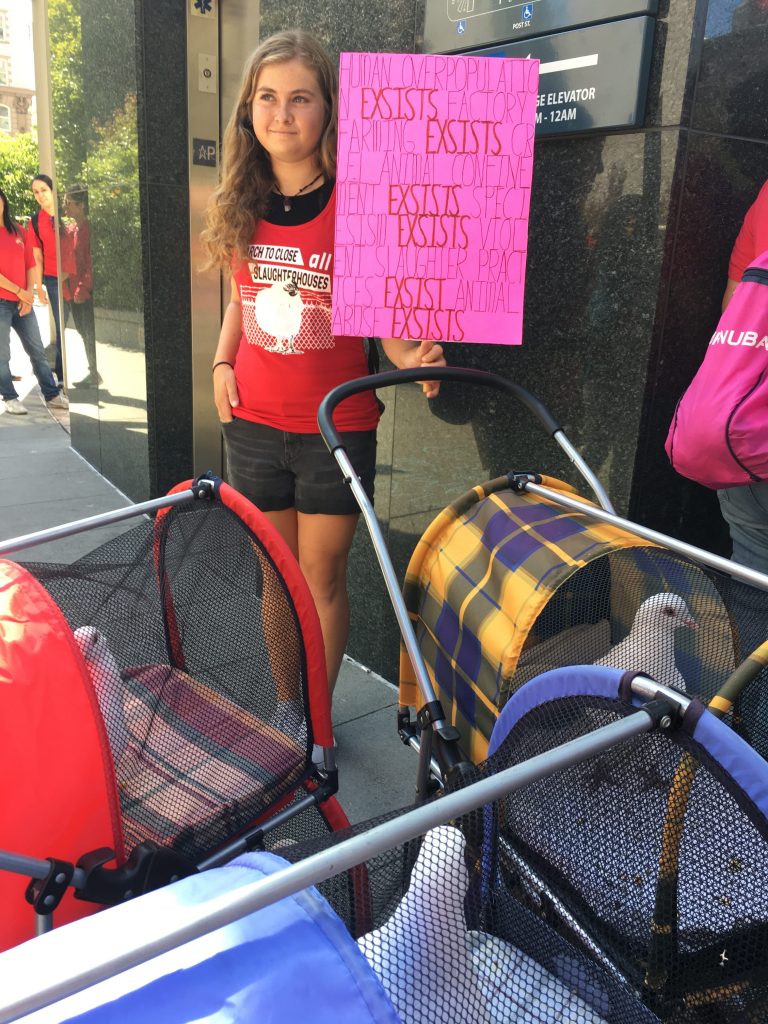
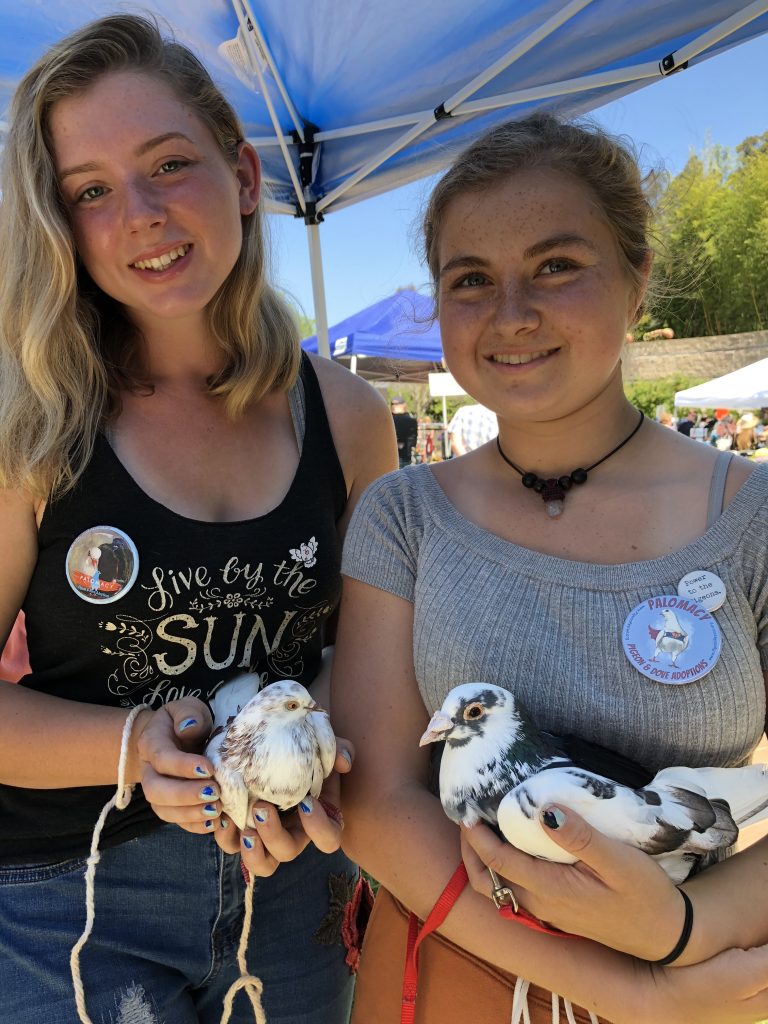
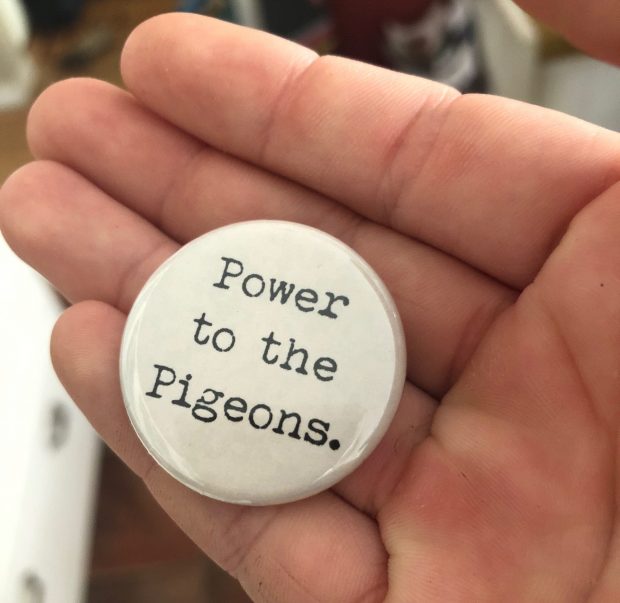





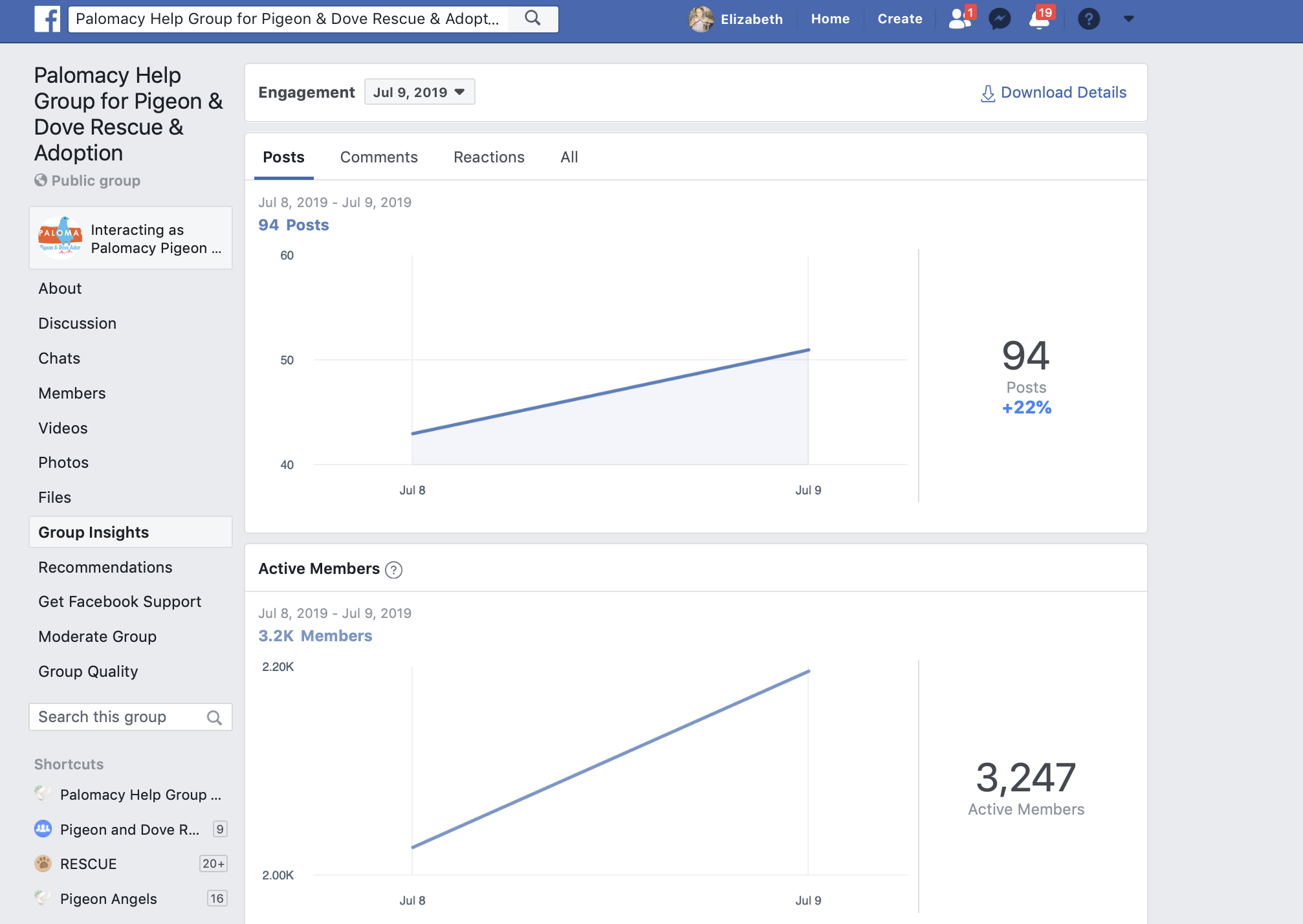

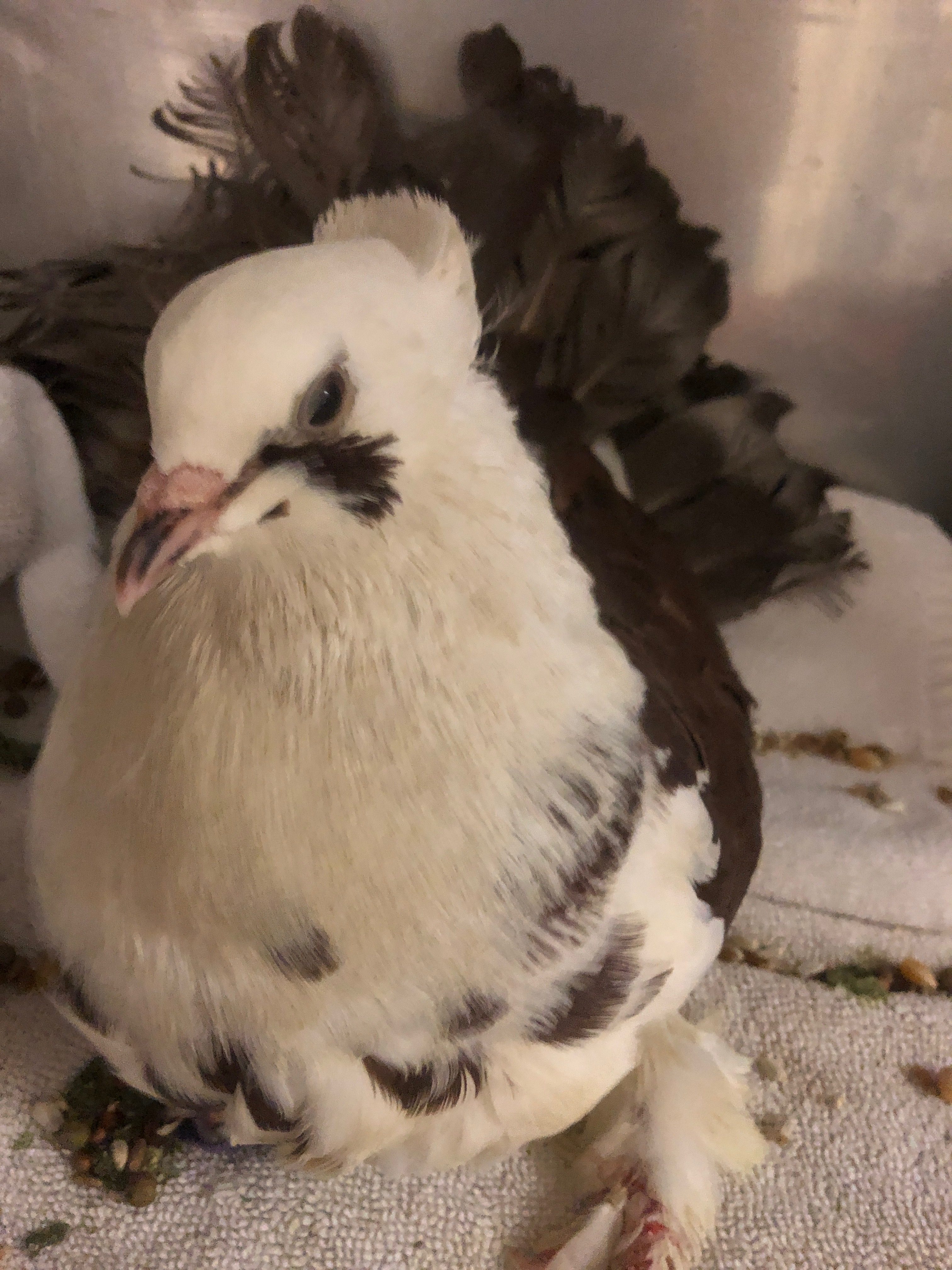
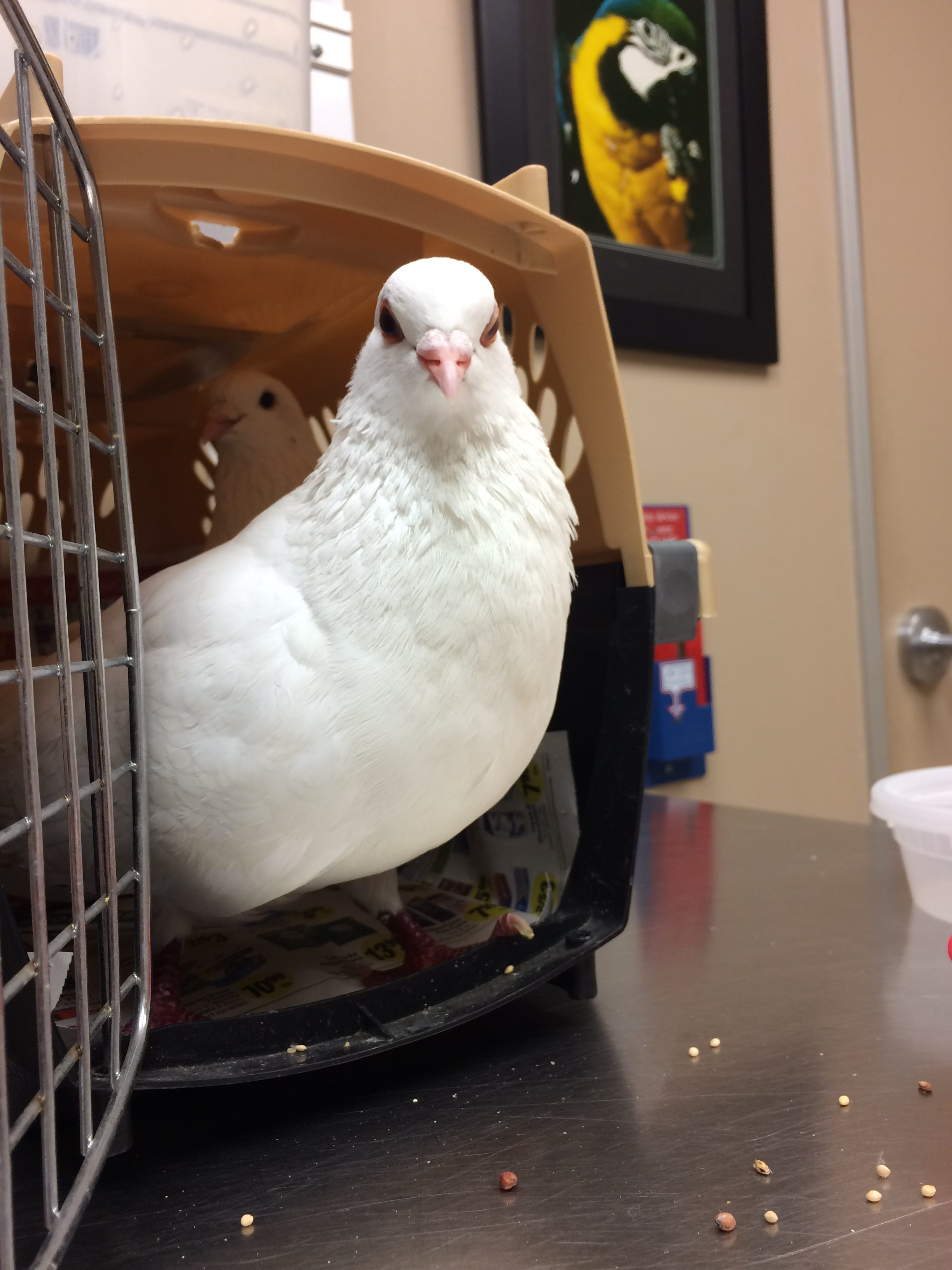

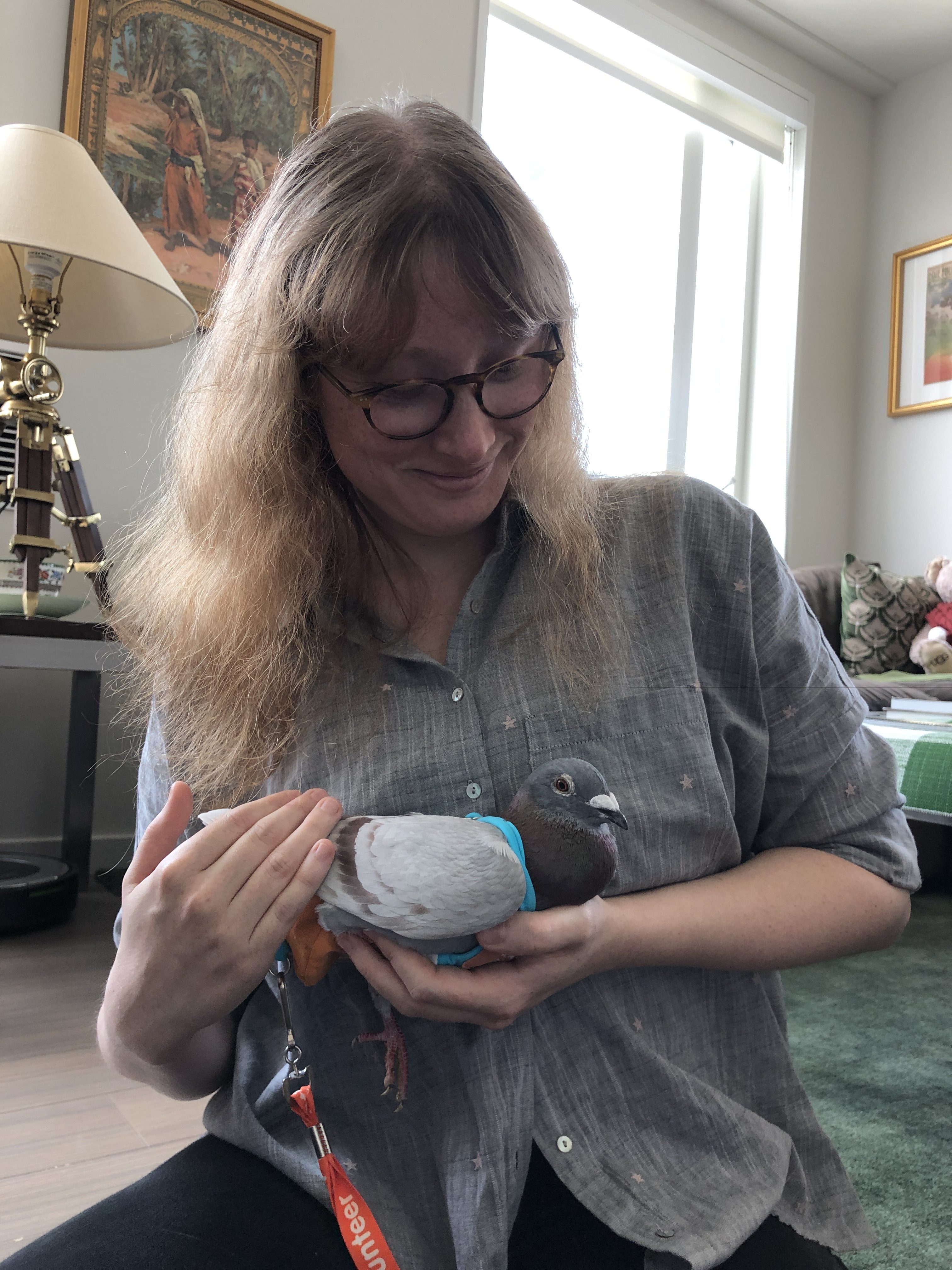
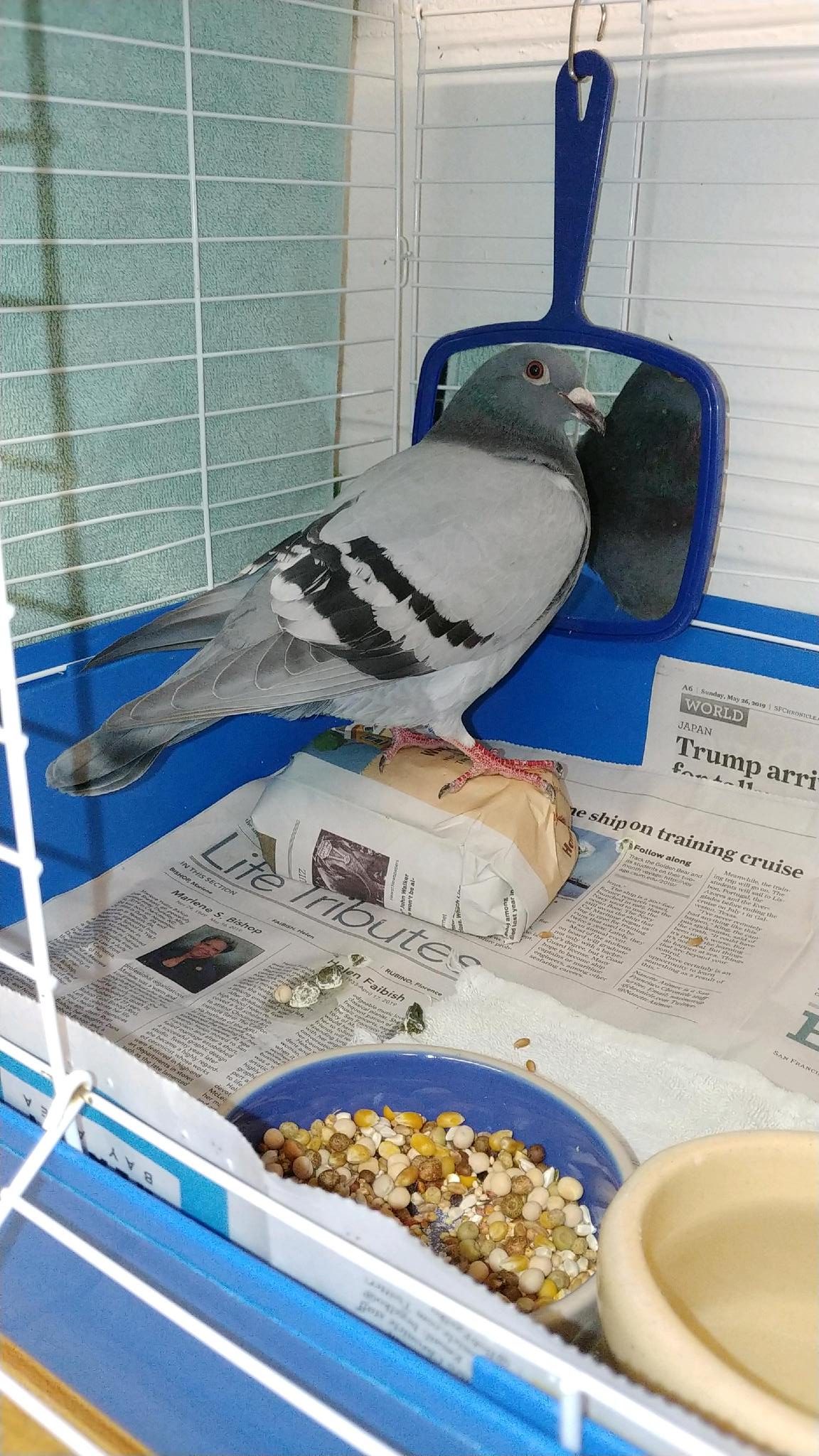
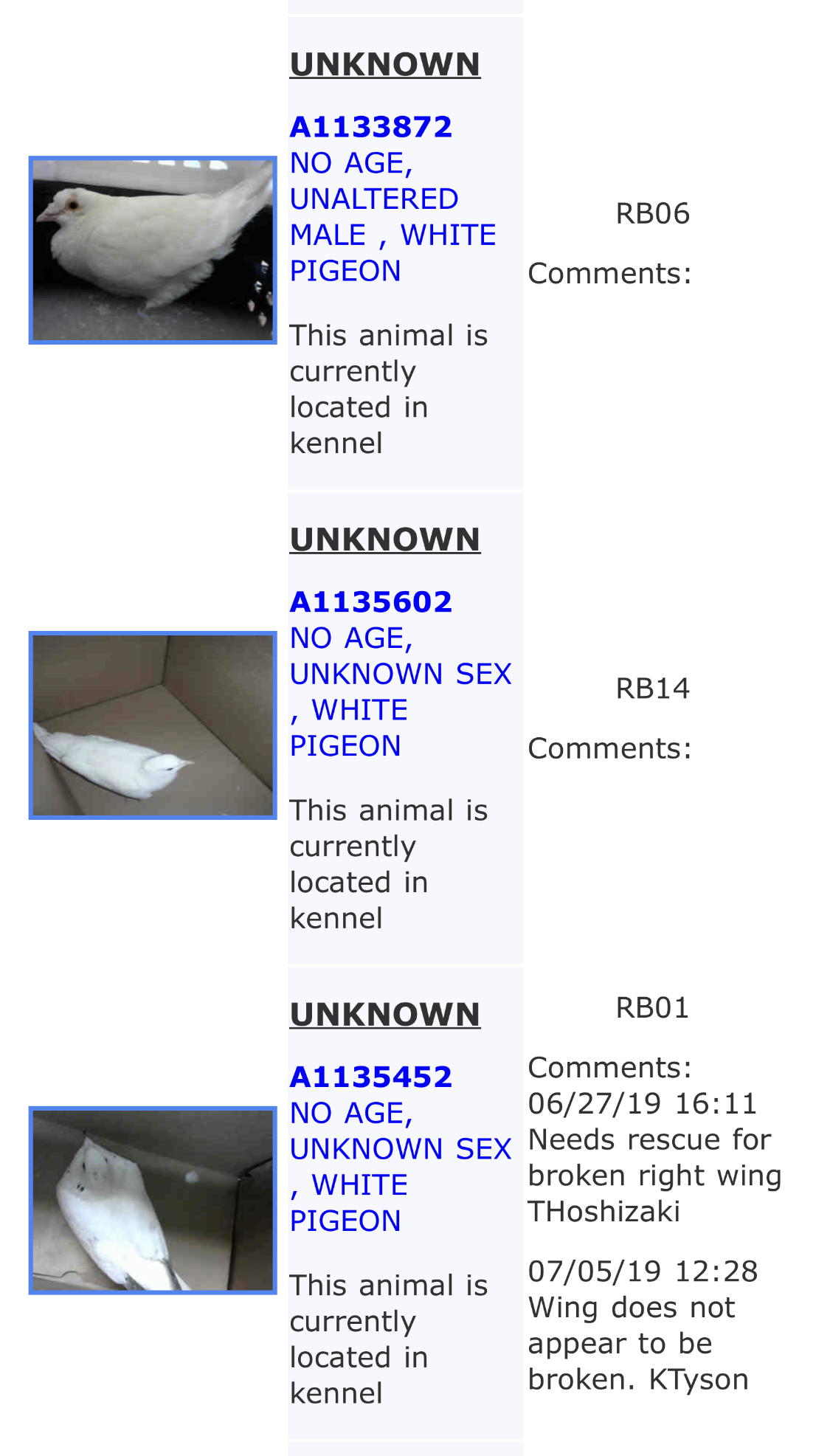

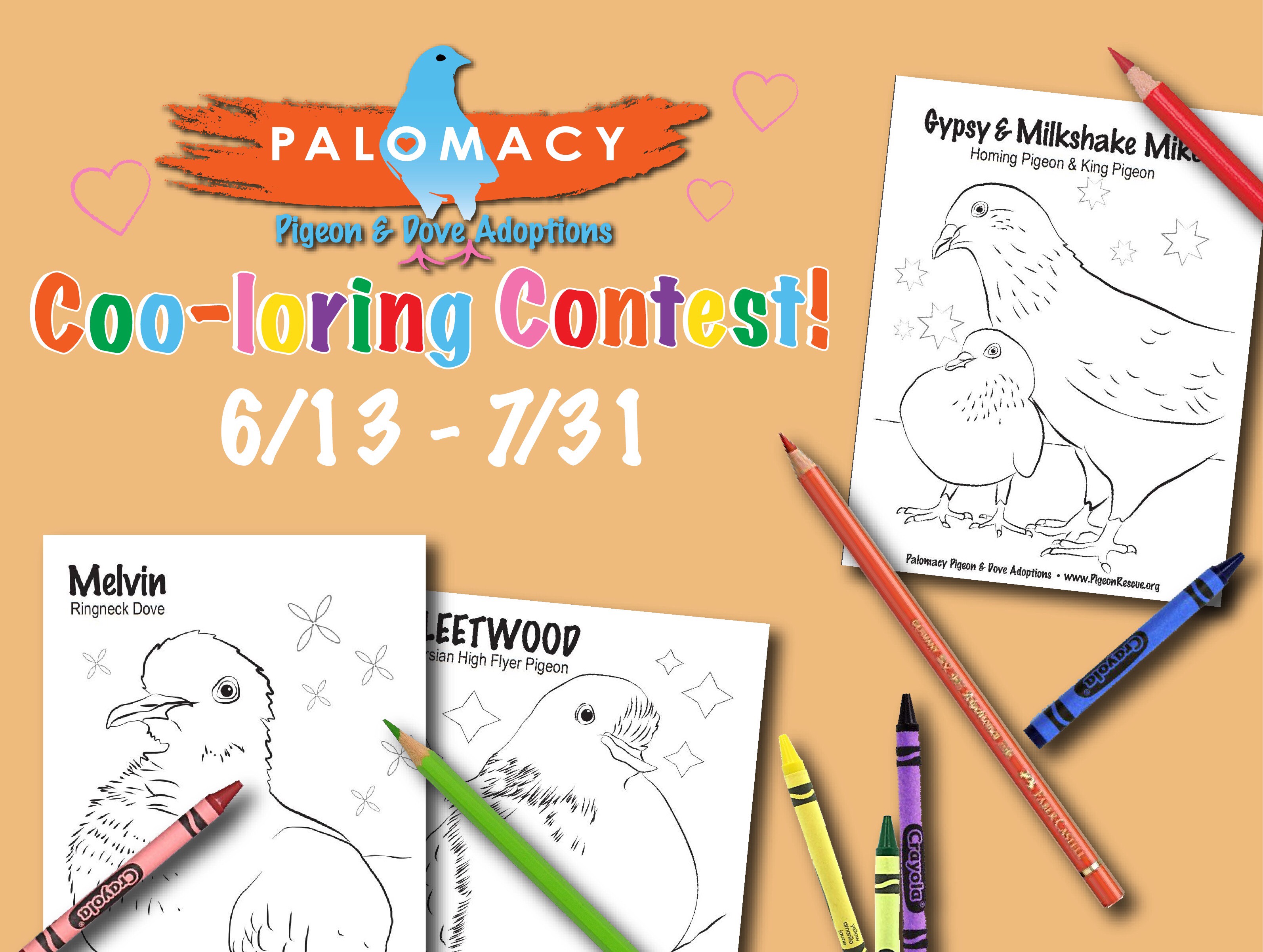

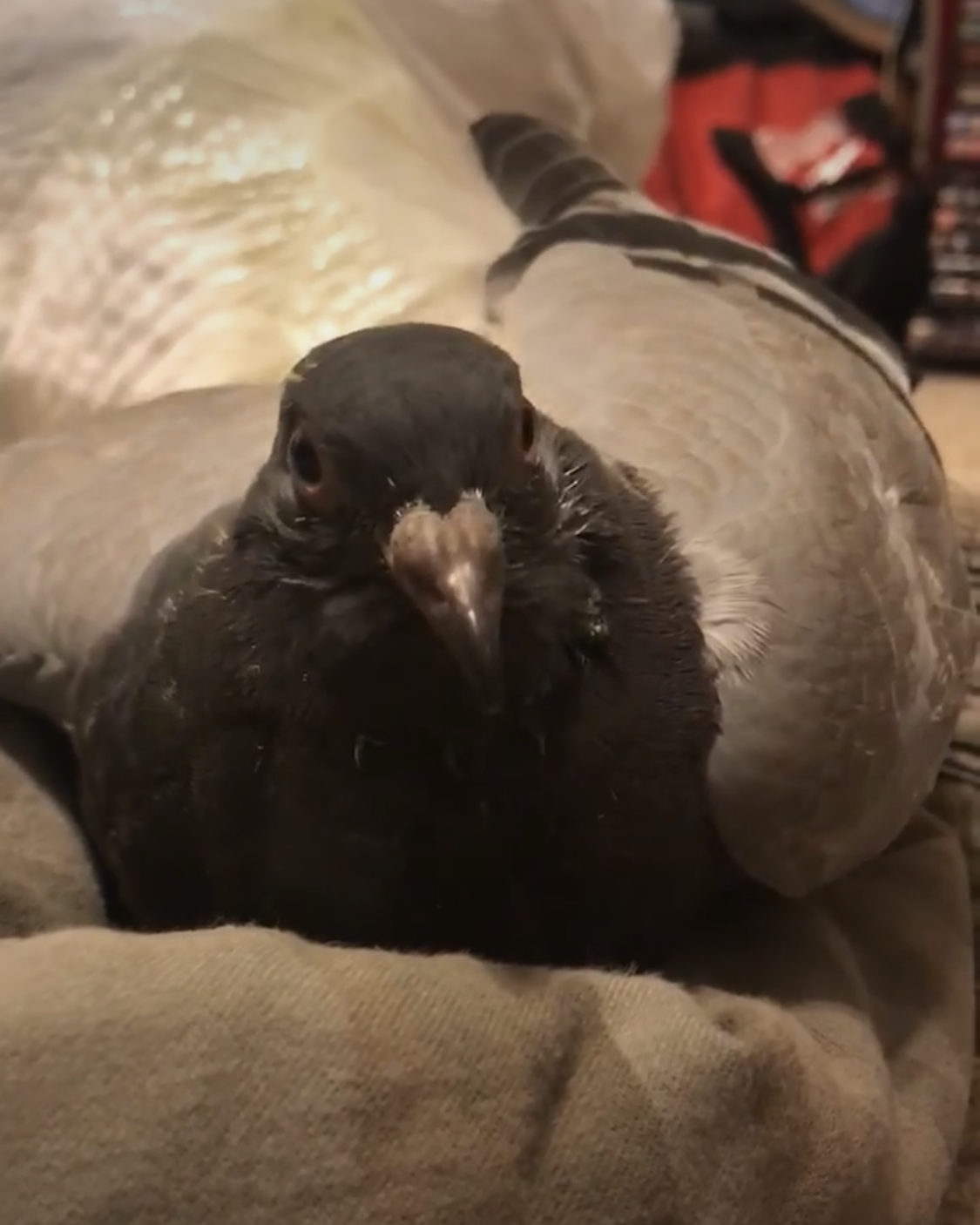
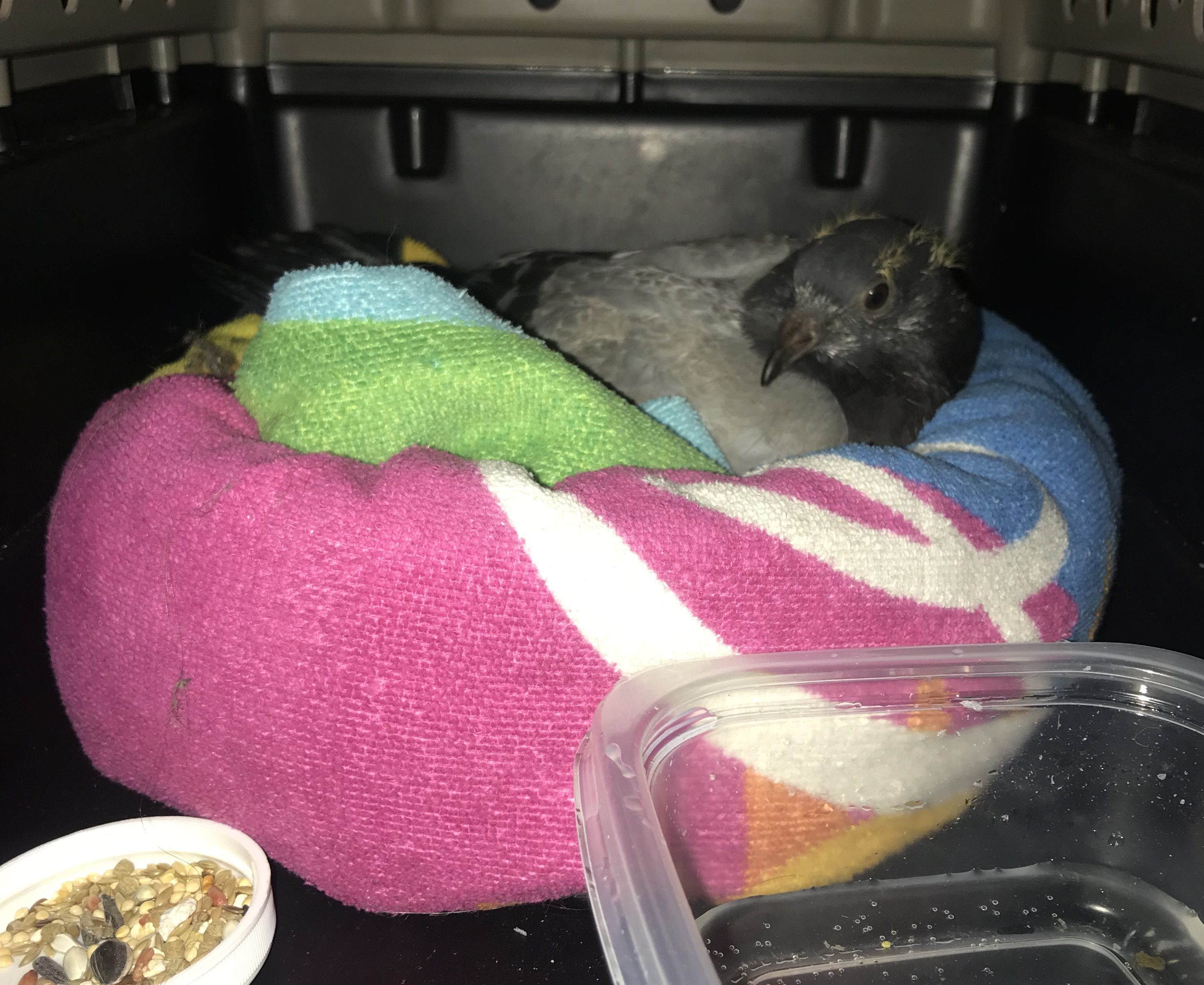
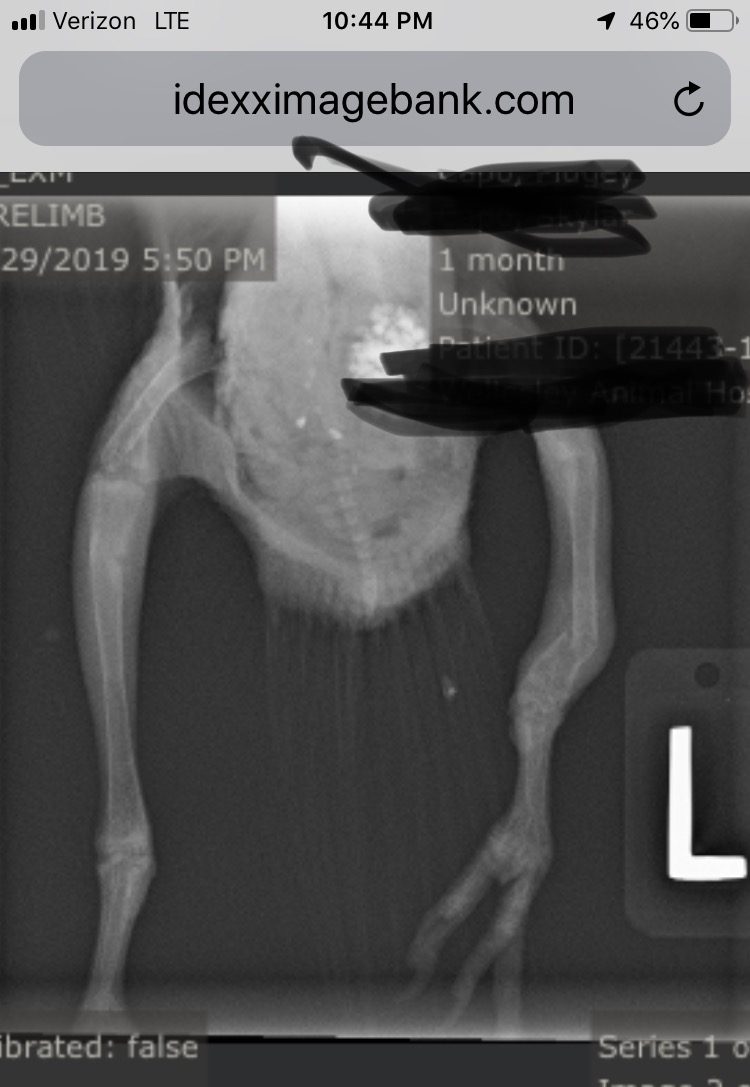
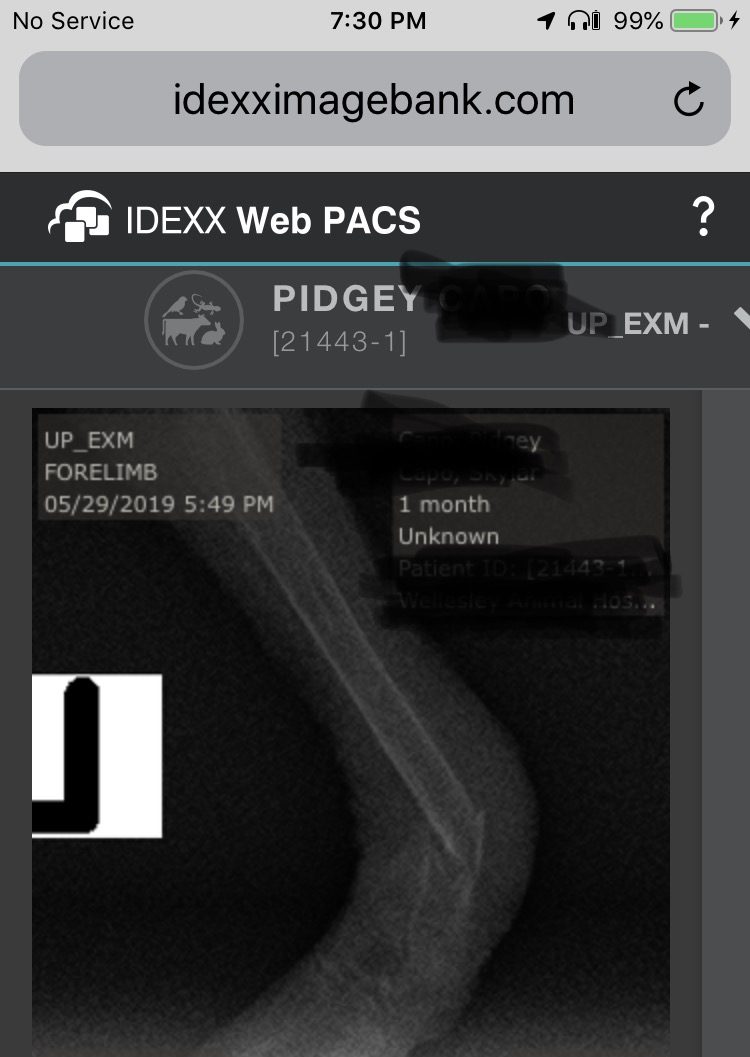

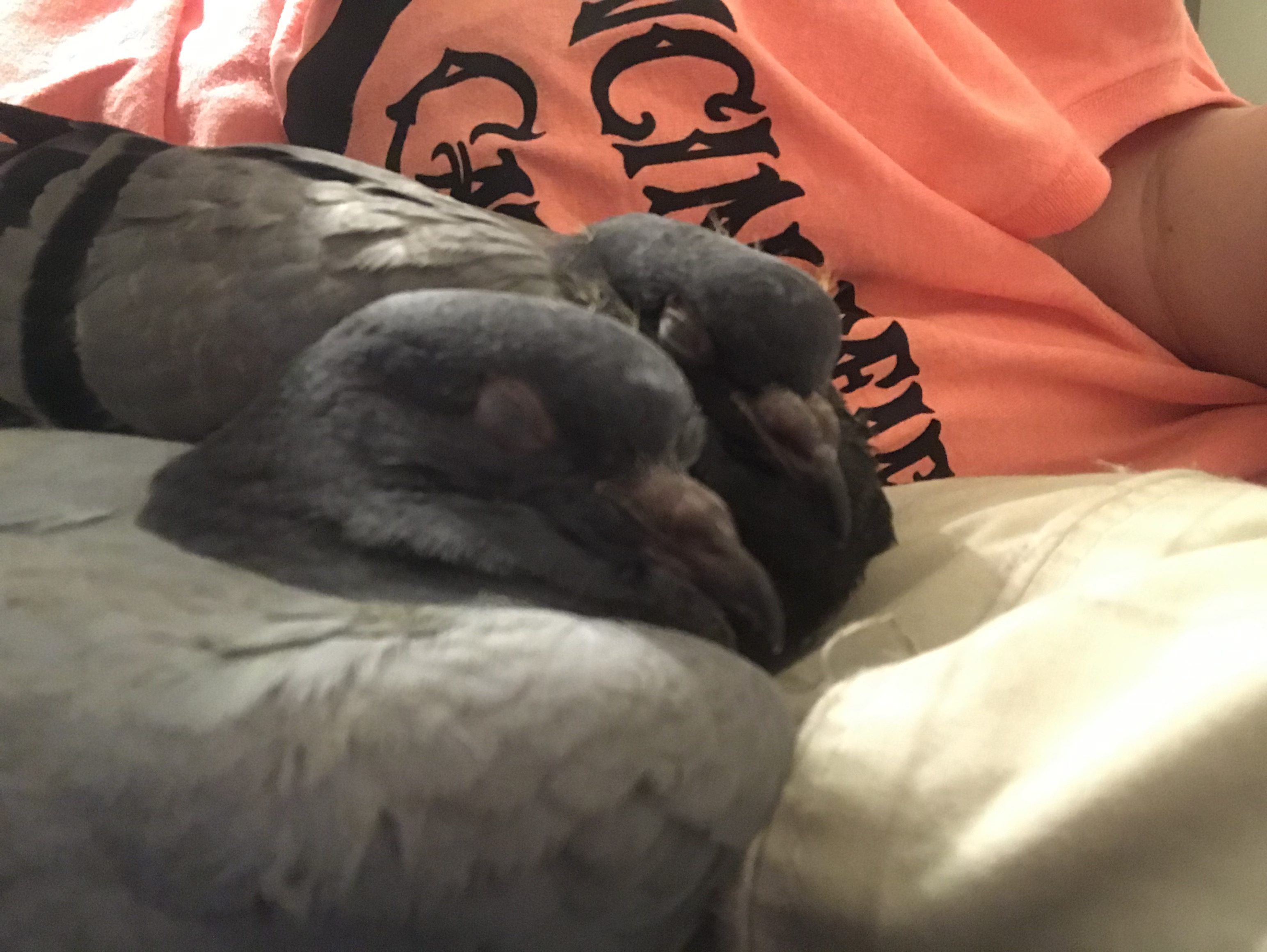
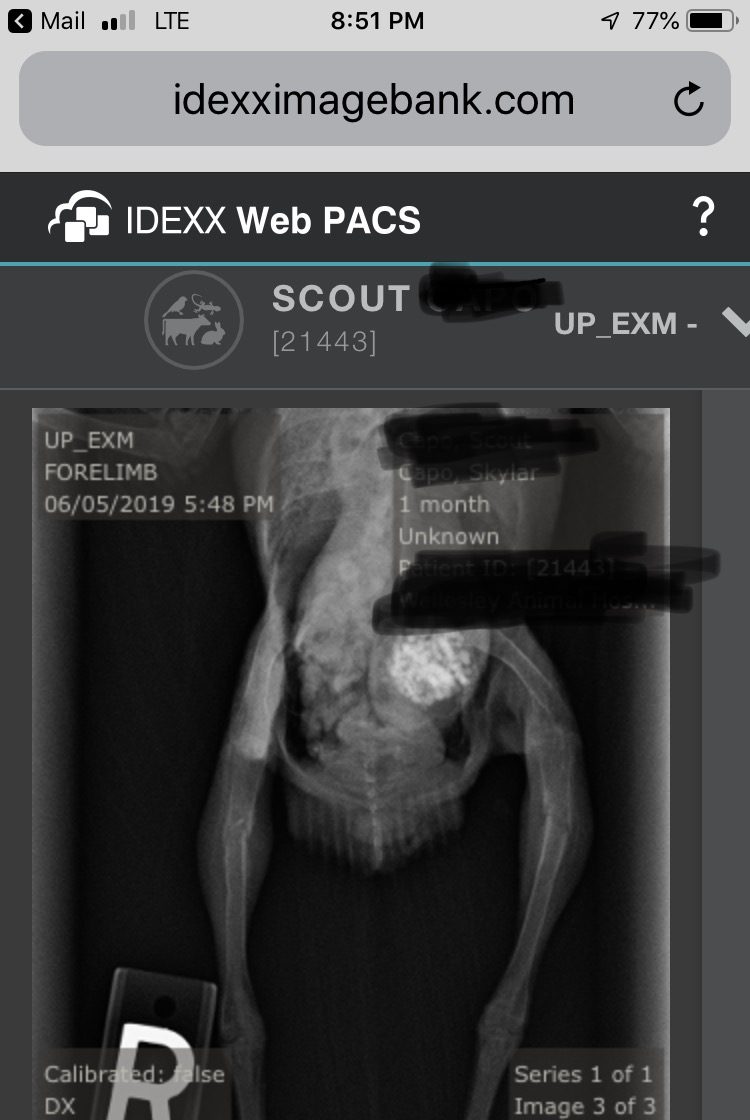
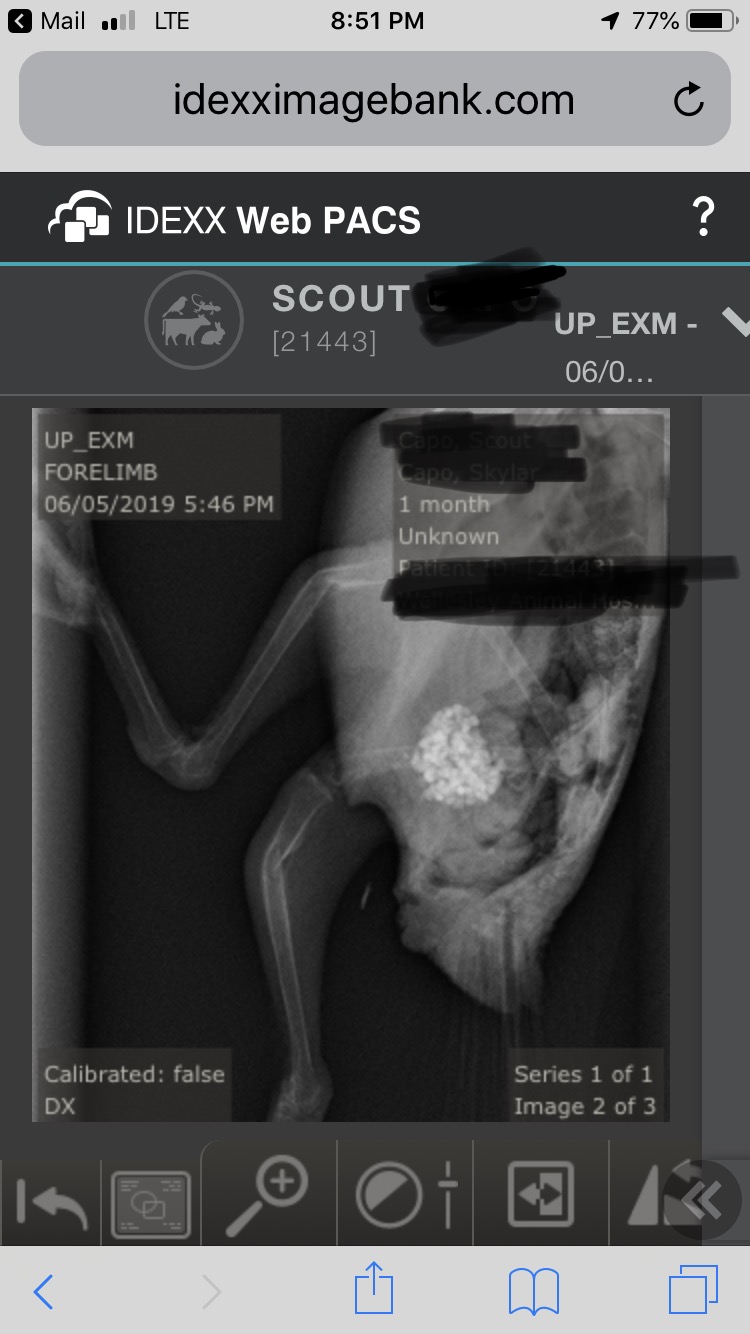
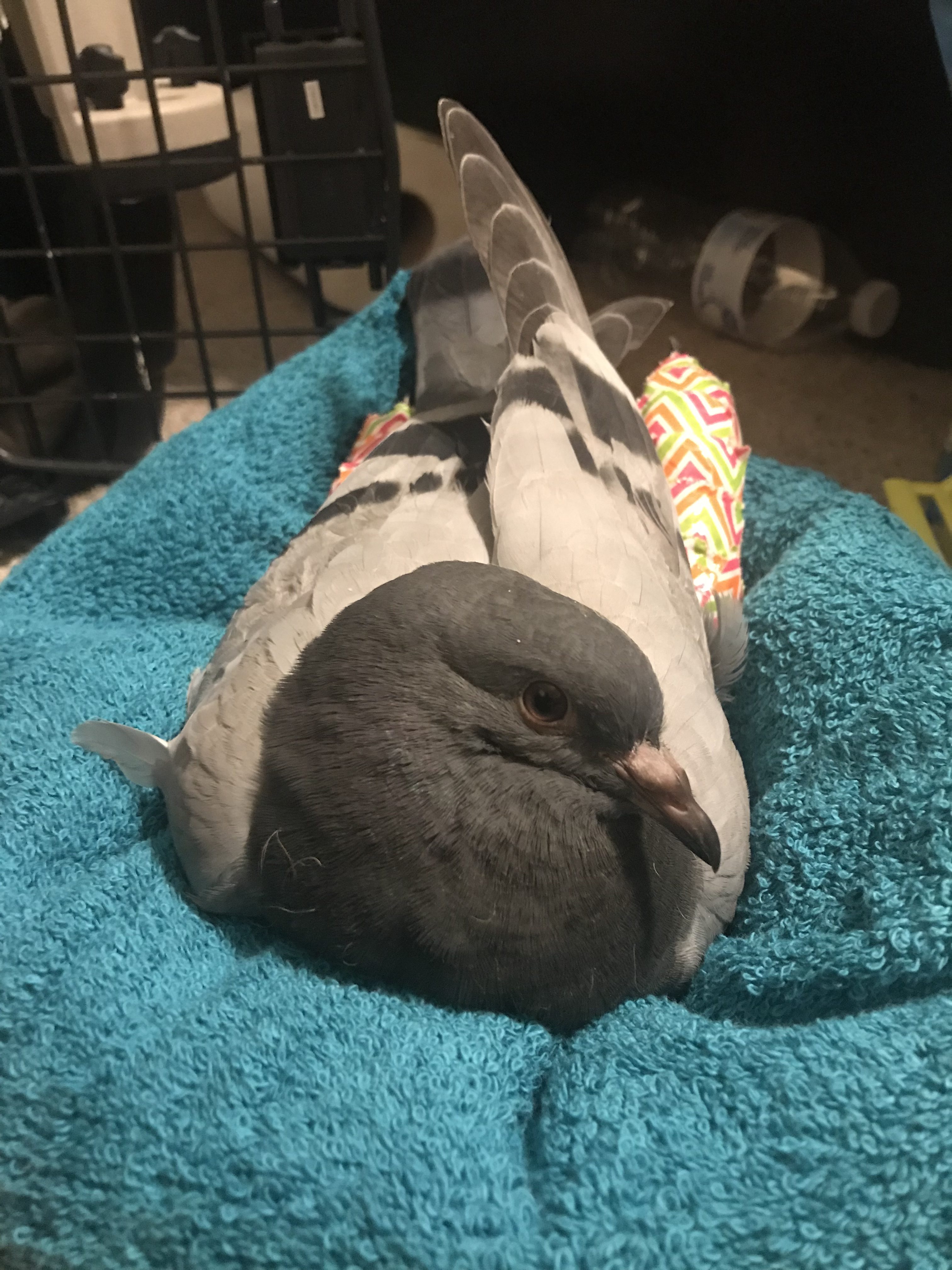

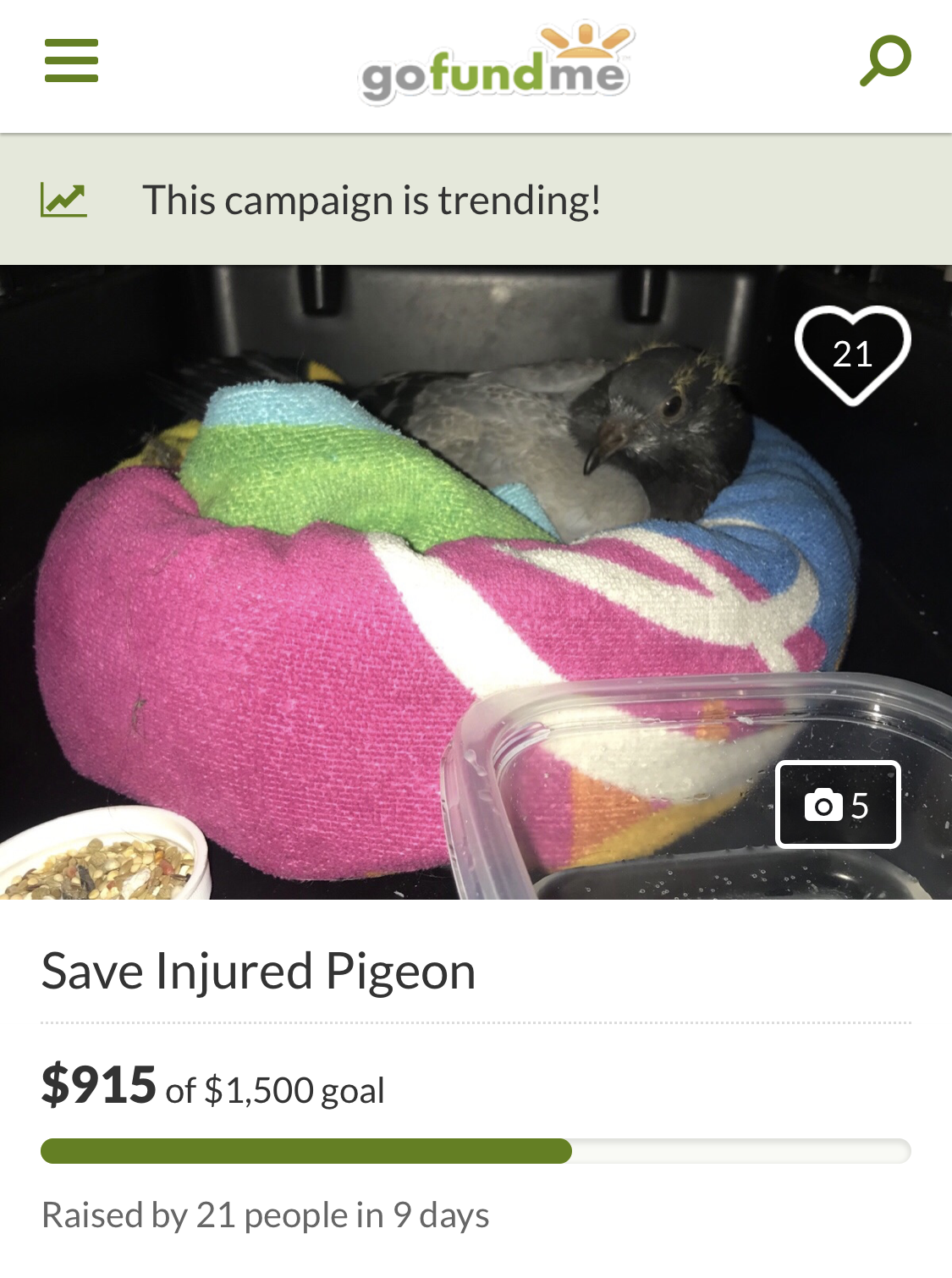
 I have always loved animals and since I could talk they’ve been all I’ve had any interest in. I lost my dad at the age of eleven and while my love started long before that, the animals in my life have been a tremendous source of comfort since his passing. I share my life with two horses, my pug x boston terrier mix, two leopard geckos, a hamster, a ball python, and (now) two pigeons.
I have always loved animals and since I could talk they’ve been all I’ve had any interest in. I lost my dad at the age of eleven and while my love started long before that, the animals in my life have been a tremendous source of comfort since his passing. I share my life with two horses, my pug x boston terrier mix, two leopard geckos, a hamster, a ball python, and (now) two pigeons. 